Boot: 22/23 Atomic Hawx Ultra 130 S GW, Professional GW
Test Location: Crested Butte Mountain Resort, CO
Duration of Test: ~120 days
Stated Flex: 130
Available Sizes: 24.5-30.5 (22.5-30.5 for Professional)
Stated Last (size 26.5): 98 mm
Stated Forward Lean: 15° (adjustable to 13° or 17°)
Size Tested: 26.5 & 25.5
Boot Sole Length (size 26.5): 300 mm
Blister’s Measured Weight (size 26.5 of the ‘S’ version):
- Shells, no Liners (left & right): 1375 & 1376 g
- Liners, no Footbeds: 409.5 g & 412.5 g
- Shells + Liners = 1785 & 1789 g
- Stock Insoles: 19.5 & 19.5 g
- Removable Spoilers: 41 & 41 g
Blister’s Measured Weight (size 25.5 of the S-version):
- Shells, no Liners (left & right): 1326 & 1322 g
- Liners, no Footbeds: 380 g & 378 g
- Shells + Liners = 1706 & 1700 g
- Stock Insoles: 21 & 21 g
- Removable Spoilers: 46 & 46 g
Blister’s Measured Weight (size 26.5 of the ‘Pro’ version):
- Shells, no Liners (left & right): 1411 & 1415 g
- Liners (with medium volume tongue) no Footbeds: 548 & 546 g
- Shells + Liners = 1948 & 1961 g
- S-version: 50 mm Quick Release Cam Strap
- Professional version: 55mm Professional Dual Strap, with adjustable suspension
- Cuff: True-Flex Polyurethane (heat-moldable with Memory Fit)
- Lower Shell / Shoe: True-Flex Polyurethane (heat-moldable with Memory Fit)
- S: Mimic Platinum Liner with 3M™ Thinsulate™
- Professional: Professional foam injection “Mimic liner”
Buckles: 6000-Series Aluminum with micro-adjustment
Soles: Replaceable, GripWalk Norm
Binding Compatibility: GripWalk bindings, MNC bindings
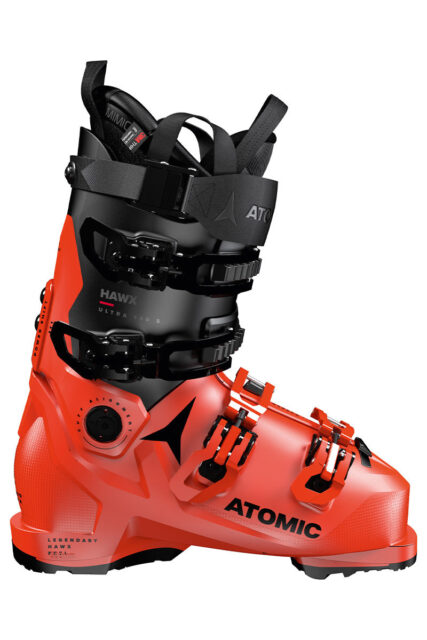
Intro
The Hawx Ultra is the ~98mm-last option in Atomic’s Hawx line of all-mountain alpine boots. It’s gone through a few updates since its introduction in 2017, with the latest 21/22–23/24 version featuring a reinforced lower shell for increased support / stiffness.
The Hawx Ultra stands out among other all-mountain (i.e., non-race) boots due to its truly low-volume fit, as well as its wide potential for customization. In Atomic’s Hawx Ultra line of boots, the Hawx Ultra 130 S GW and Hawx Ultra 130 Professional GW are the stiffest options, with the “Professional” version taking the customization up a level via its foam-injection liner and elastic “Professional Dual Strap.”
The standard Hawx Ultra 130 S still includes a fully heat-moldable liner and shell via Atomic’s “Memory Fit” process, a burly cam strap, adjustable forward lean, and more.
For more information on the entire Atomic ski boot lineup, please refer to our Deep Dive: Atomic Ski Boots Brand Lineup.
We’ve now had a couple reviewers in both the standard Hawx Ultra 130 and the Hawx Ultra 130 Professional, and while it may not feature the eye-catching BOA dial of the new Hawx Ultra XTD 130 BOA, we think think the fixed-cuff, standard-buckle Hawx Ultra should be on the radar of a lot of skiers.
What Atomic Says about the Atomic Hawx Ultra 130 S GW:
“A comfortable and extremely powerful alpine ski boot, the top-end Atomic Hawx Ultra 130 S GW offers a low-volume, 98mm fit to deliver Legendary Hawx Feel and performance to expert all-mountain skiers with narrower feet. By using the slimmest profile possible and then reinforcing critical power transfer zones, our Prolite technology creates a supremely lightweight, stable boot for hard charging skiers. Completely customizable, a new Mimic Platinum liner can be uniquely formed to the precise shape of the foot. Add easier than ever step-in / step-out, Power Shift, Cuff Alignment and Cantable GripWalk Pads and this boot offers the ideal combination of snow-feel, power, and comfort in an all-mountain boot.”
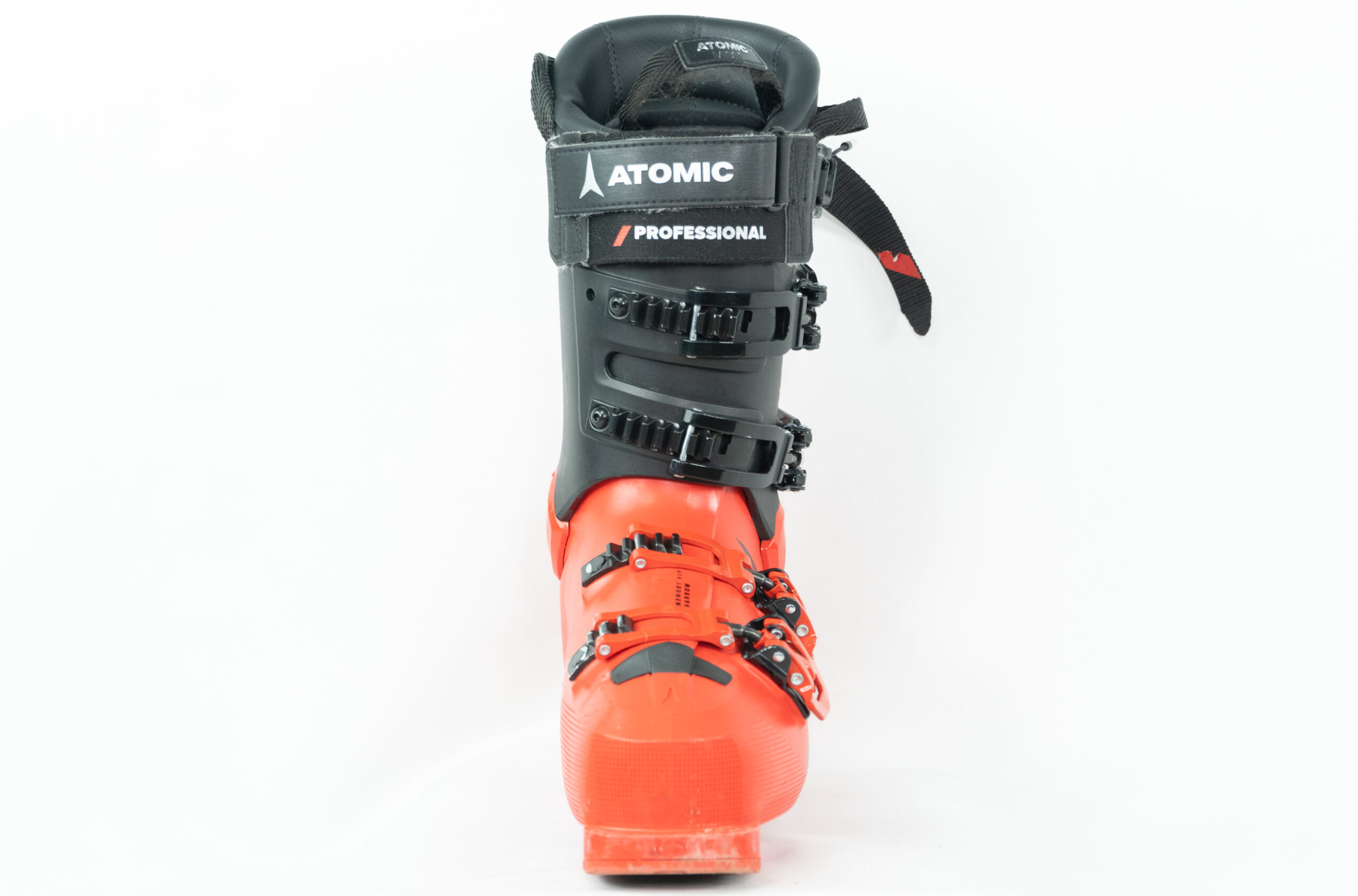
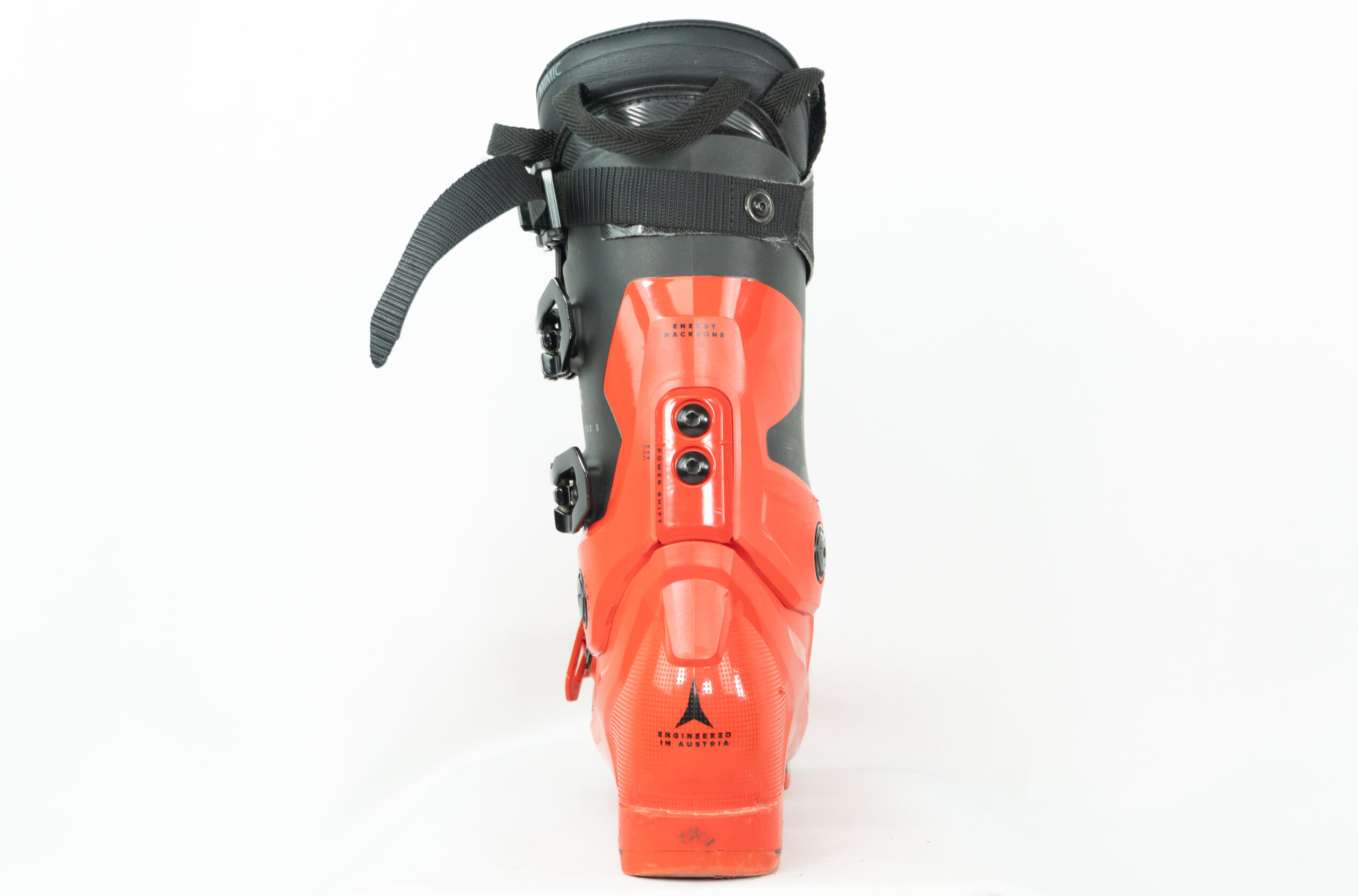
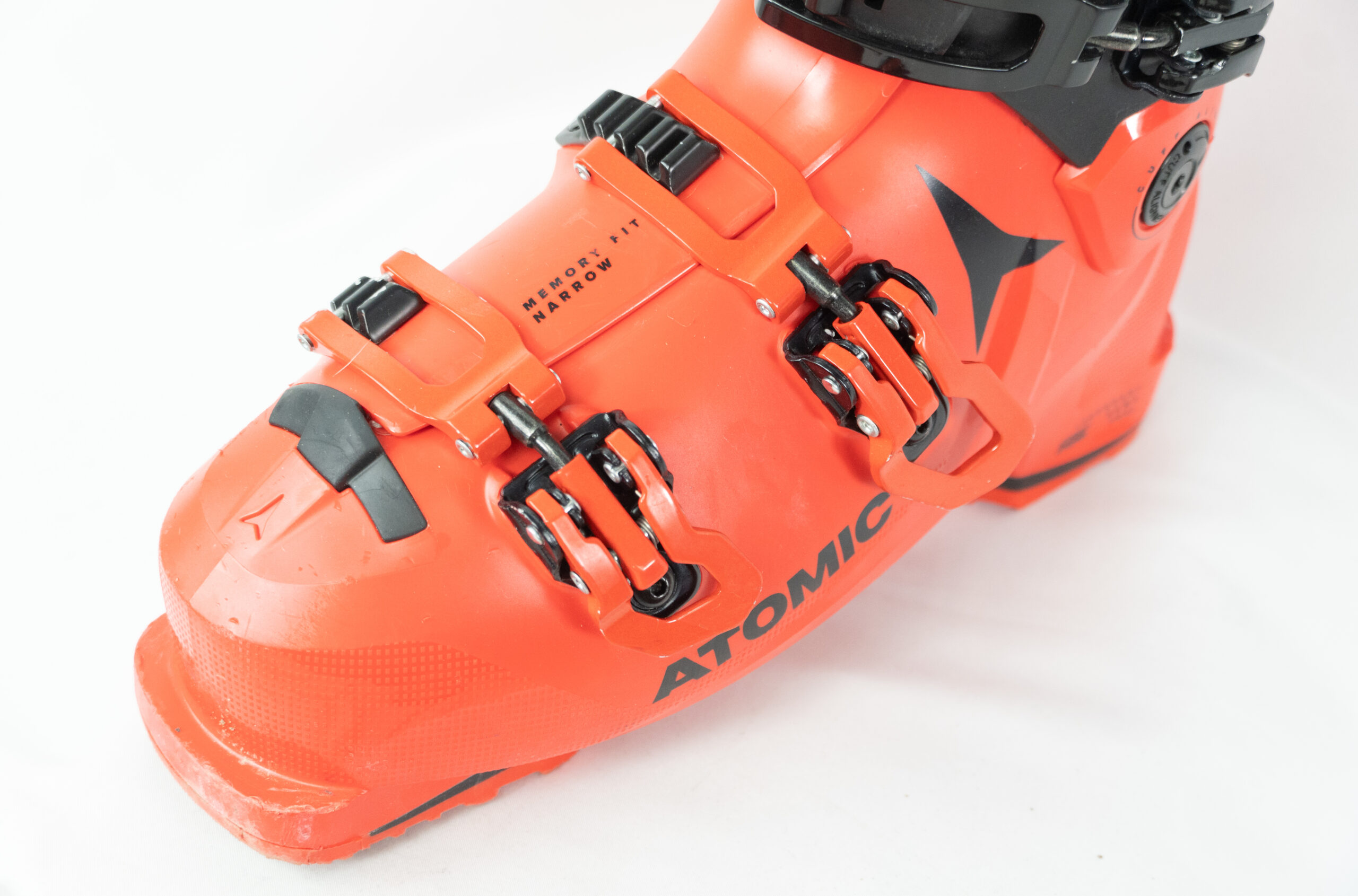
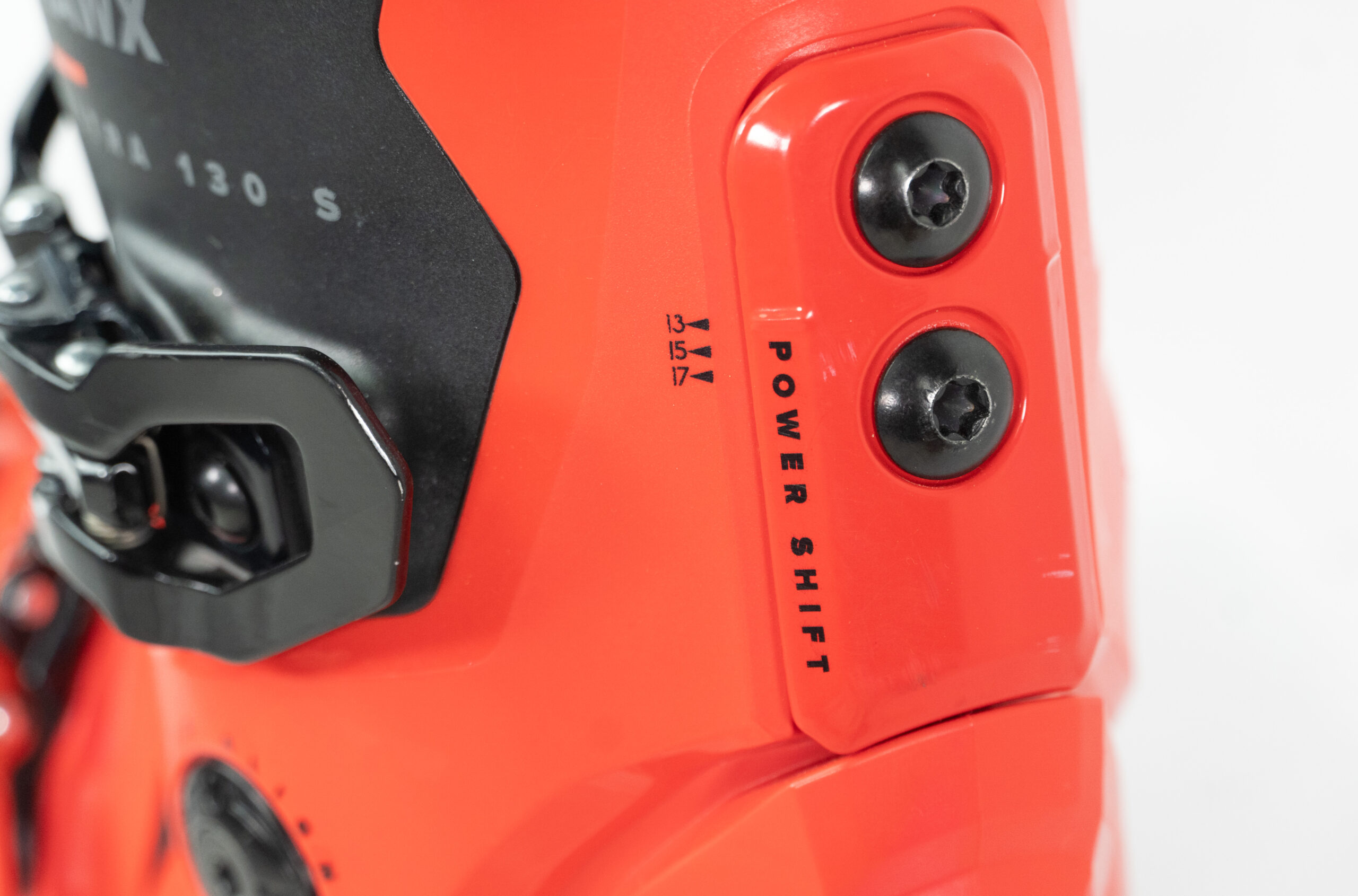
What Atomic says about the Hawx Ultra 130 Professional GW:
“Boots are the most important piece of equipment you’ll ever buy, and the narrow-fit Atomic Hawx Ultra 130 Professional GW offers Atomic’s absolute best in fit, comfort, and performance in an all-mountain boot – no sacrifices. Featuring our World Cup-inspired Mimic Professional liner, which combines Mimic liner technology with foam injection to produce a liner that contours the exact shape of your foot. The shell is built with next-generation Prolite for a lightweight boot with maximum stability. A customizable V3 Tongue System further finetunes the fit of the shin and instep, and the shock-absorbing Professional Dual Strap delivers supremely powerful skiing. Rip more groomer laps and chase more powder with easier than ever step-in/step-out, unrivaled comfort and maximum control.”
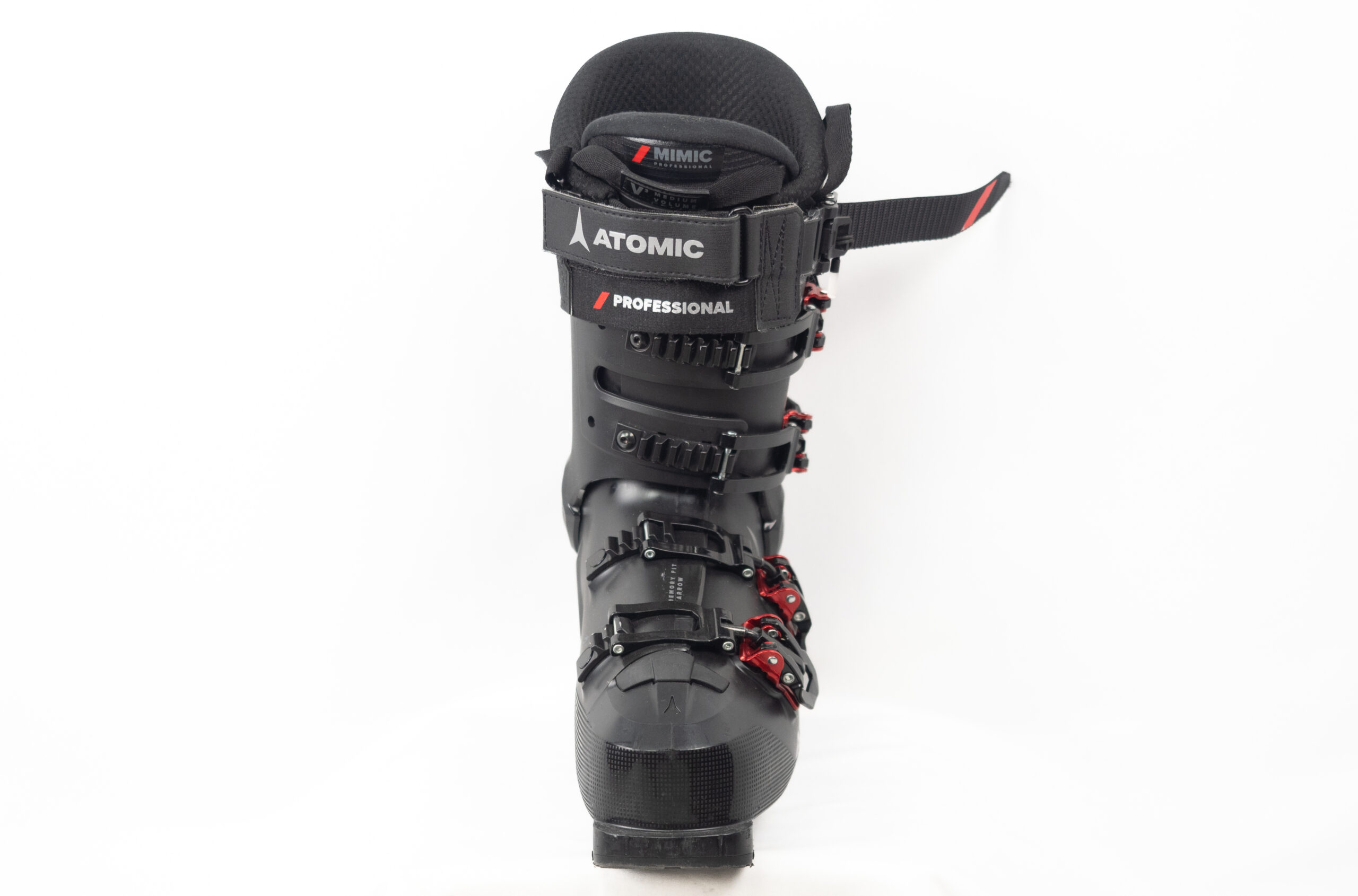
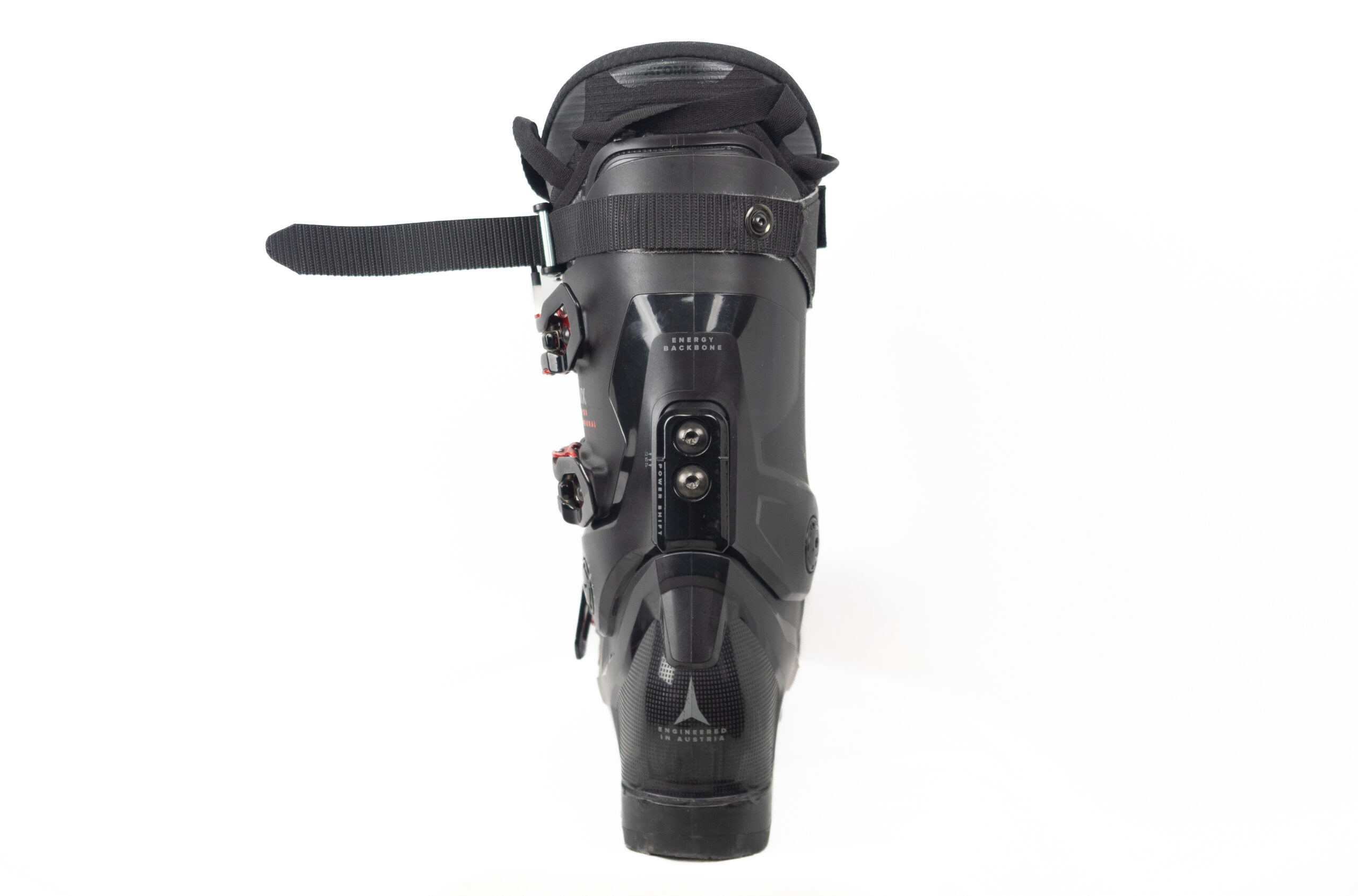
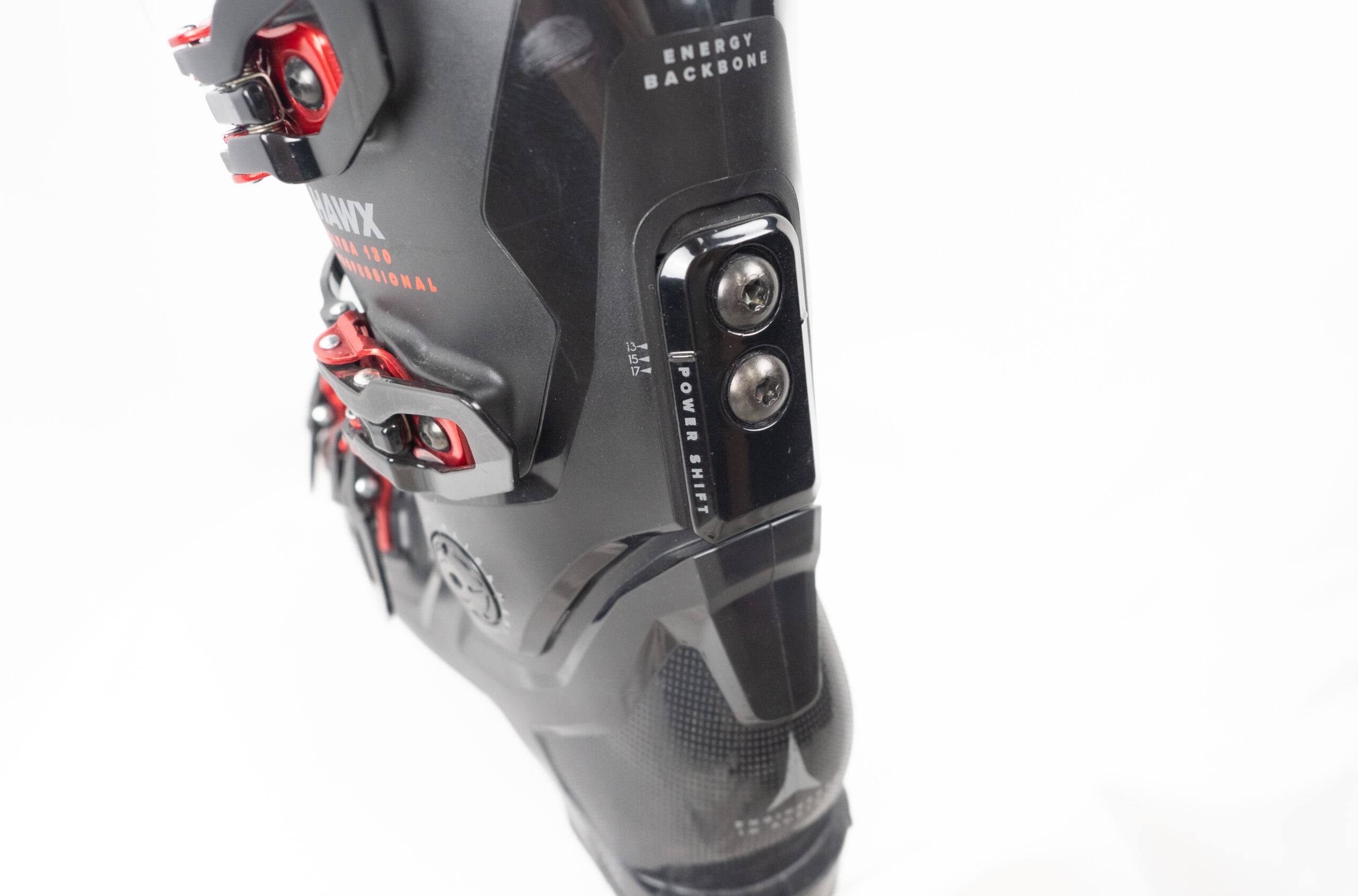
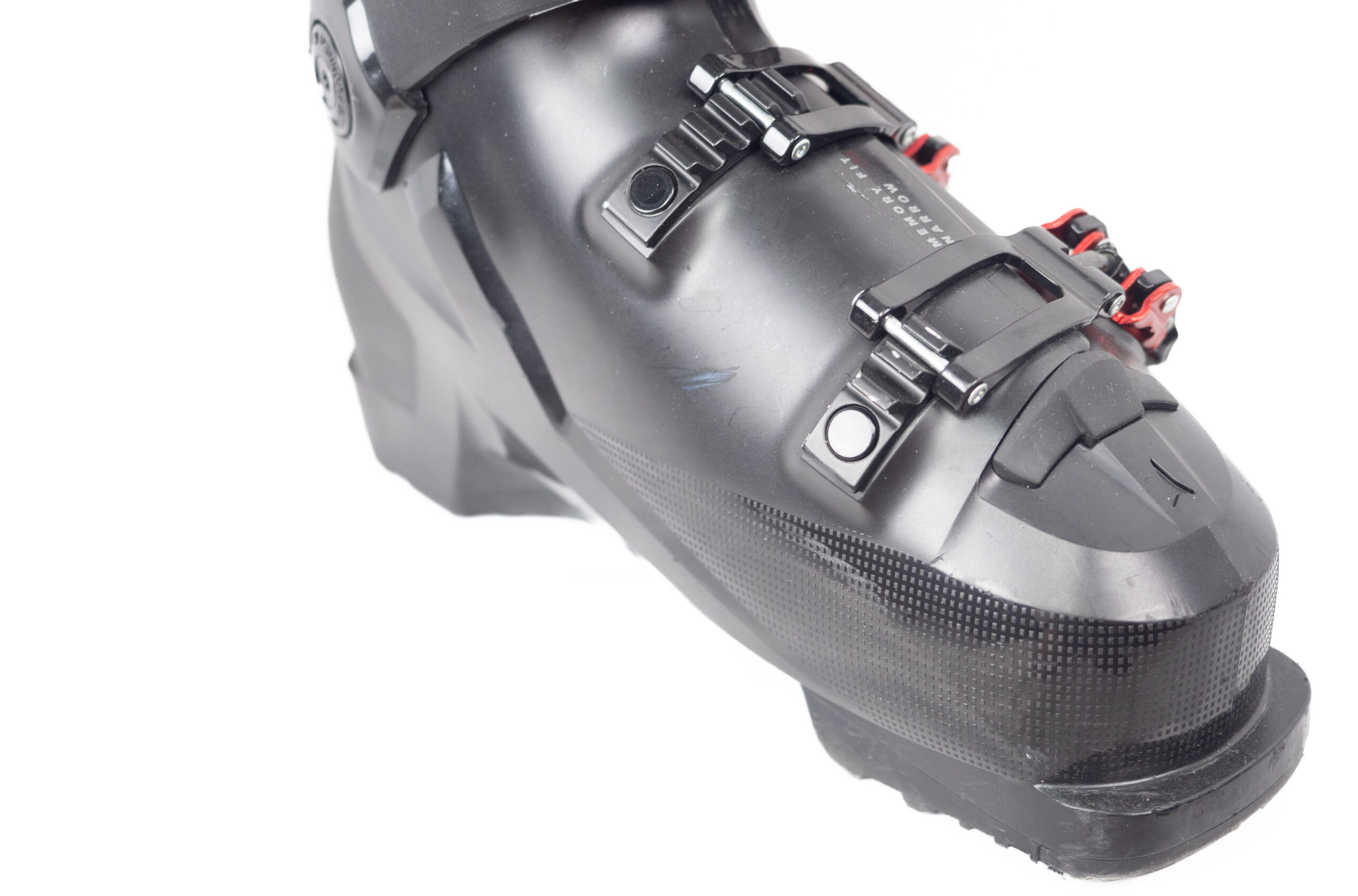
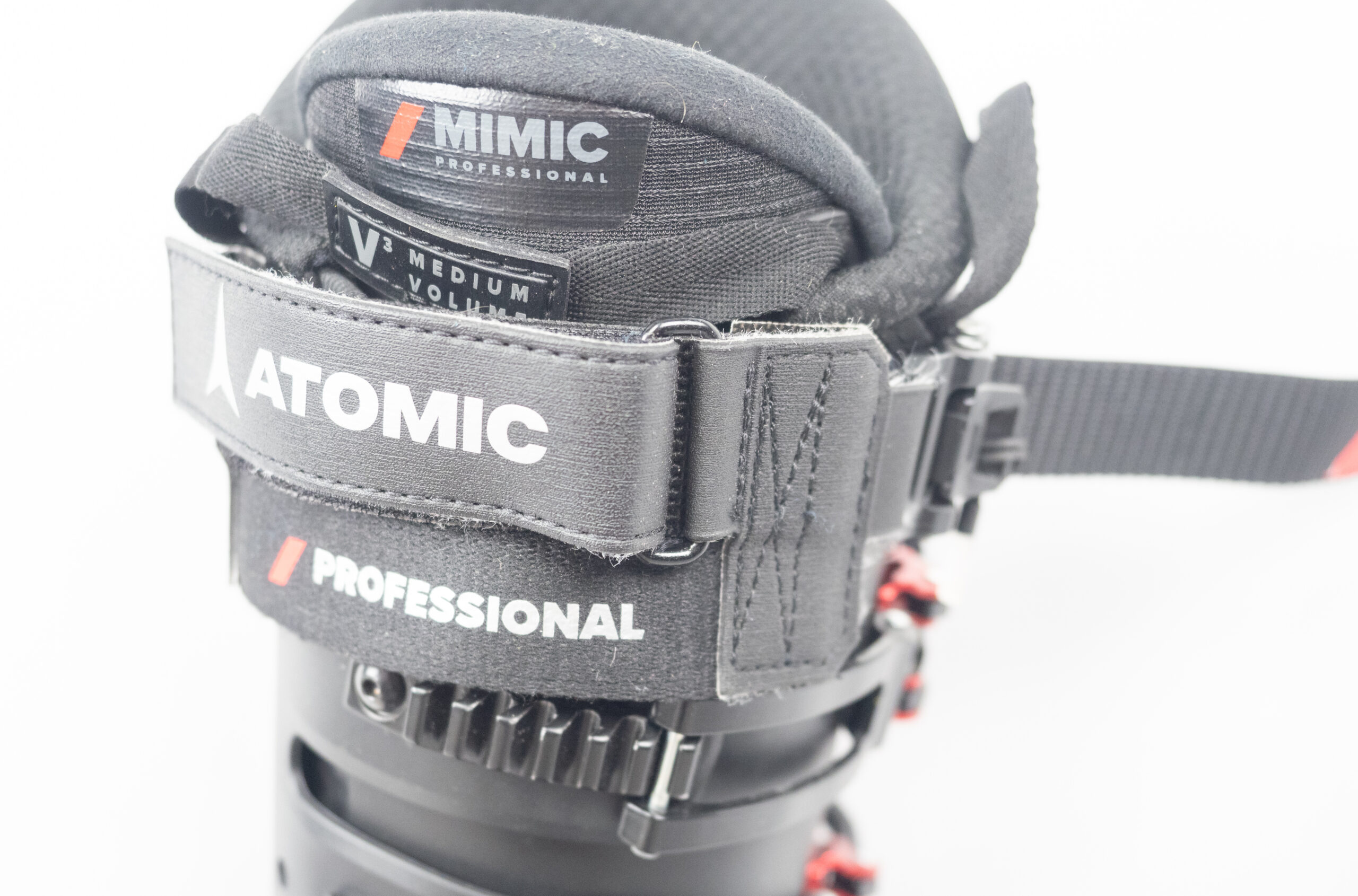
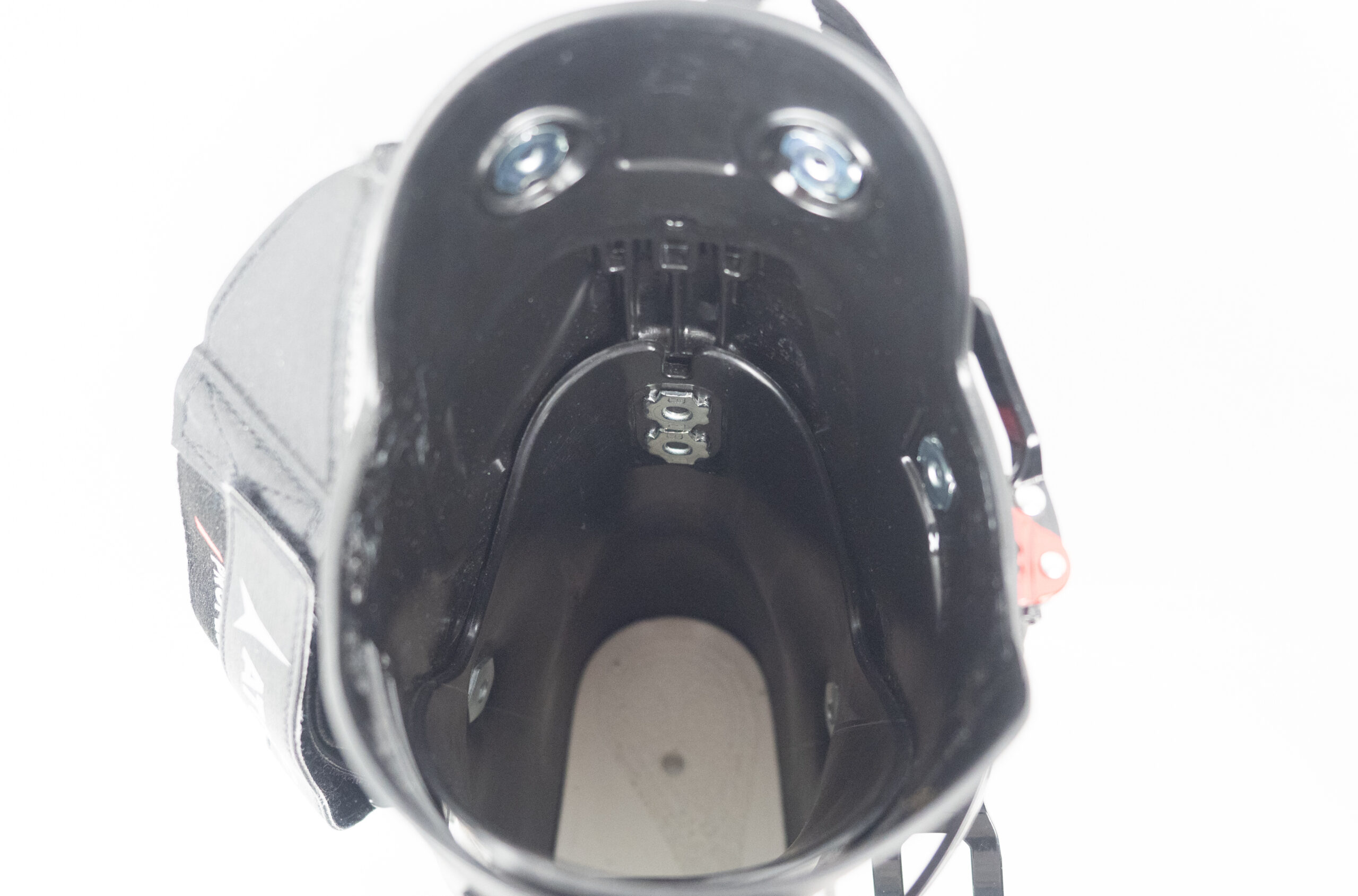
The Hawx Ultra Series:
- Hawx Ultra 130 Professional GW (130-flex): $1,100
- Hawx Ultra 130 S GW (130-flex): $900
- Hawx Ultra 120 S GW (120-flex): $800
- Hawx Ultra 110 S GW (110-flex): $675
- Hawx Ultra 100 (100-flex): $550
Women-Specific Hawx Ultra:
- Hawx Ultra 115 Professional W GW (115-flex): $975
- Hawx Ultra 115 S W GW (115-flex): $725
- Hawx Ultra 95 S W GW (95-flex): $480
- Hawx Ultra 85 W (85-flex): $425
For the 2023-2024 season, Atomic is no longer offering the Hawx Ultra Professional as a full package (i.e., boot shell with the Professional liner & Dual Strap included), but the Professional liner, Professional Dual Strap, and Professional V3 tongues will all be available for purchase through Atomic dealers.
The Hawx Ultra Over The Years
Matt Manser, Product Manager of Atomic Ski Boots, went through a quick history lesson on the Hawx Ultra in Episode 132 of the GEAR:30 podcast, but I’ll summarize below:
- V1: The original Hawx Ultra 130 with a PU shell & a Grilamid Cuff
- V1.2: Change to a PU cuff
- V1.3: Atomic’s Mimic material is added to the liner
- V2.0 (the boot reviewed here): all new construction where reinforcing material was added around the hinge point of the boot; Professional option added.
These are the most notable changes, though there have been minor tweaks between the different versions that we aren’t mentioning here.
Shell
The Hawx Ultra 130 S GW and Hawx Ultra Professional share the same cuff and shell, which are both made of polyurethane. In the case of these boots, Atomic uses what they call “True Flex PU” for this boot, which is a type of polyurethane plastic that is intended to be more temperature-stable than traditional PU, allowing the boot to fit and flex similarly across a variety of weather conditions.
Atomic also constructs this boot with their “Prolite” philosophy. Instead of designing a shell and removing material where unnecessary in order to save weight, Atomic started with a lightweight construction and then added reinforcing material in key zones.
The Hawx Ultra also features a fully heat-moldable shell, utilizing what Atomic refers to as “Memory Fit.” The Hawx Ultra has been known as one of the most customizable, bootfitter-friendly boots on the market, and this is certainly something that Atomic intends to continue with this latest model. We’ll talk more about heat-molding the shell below.
Liner
The liner is the biggest difference between the standard Hawx Ultra and the Professional version.
The standard Hawx Ultra 130 S GW carries over the same Mimic liner from the previous version. This latest liner was one of the most significant upgrades to the Hawx in its history. Essentially, the Hawx’s liner has heat-moldable, more rigid material around the ankle and shin areas. These areas can be molded to conform to the skier’s unique feet and legs, and they can be molded up to around 5 different times in case the bootfitter doesn’t nail it the first time or the wearer’s feet change.
The Hawx Ultra 130 Professional features Atomic’s Mimic Professional liner. This is a foam-injected liner designed to take up volume around the ankle and midfoot area, and unlike the standard Hawx Ultra, these liners are not skiable out of the box; they require this foam injection.
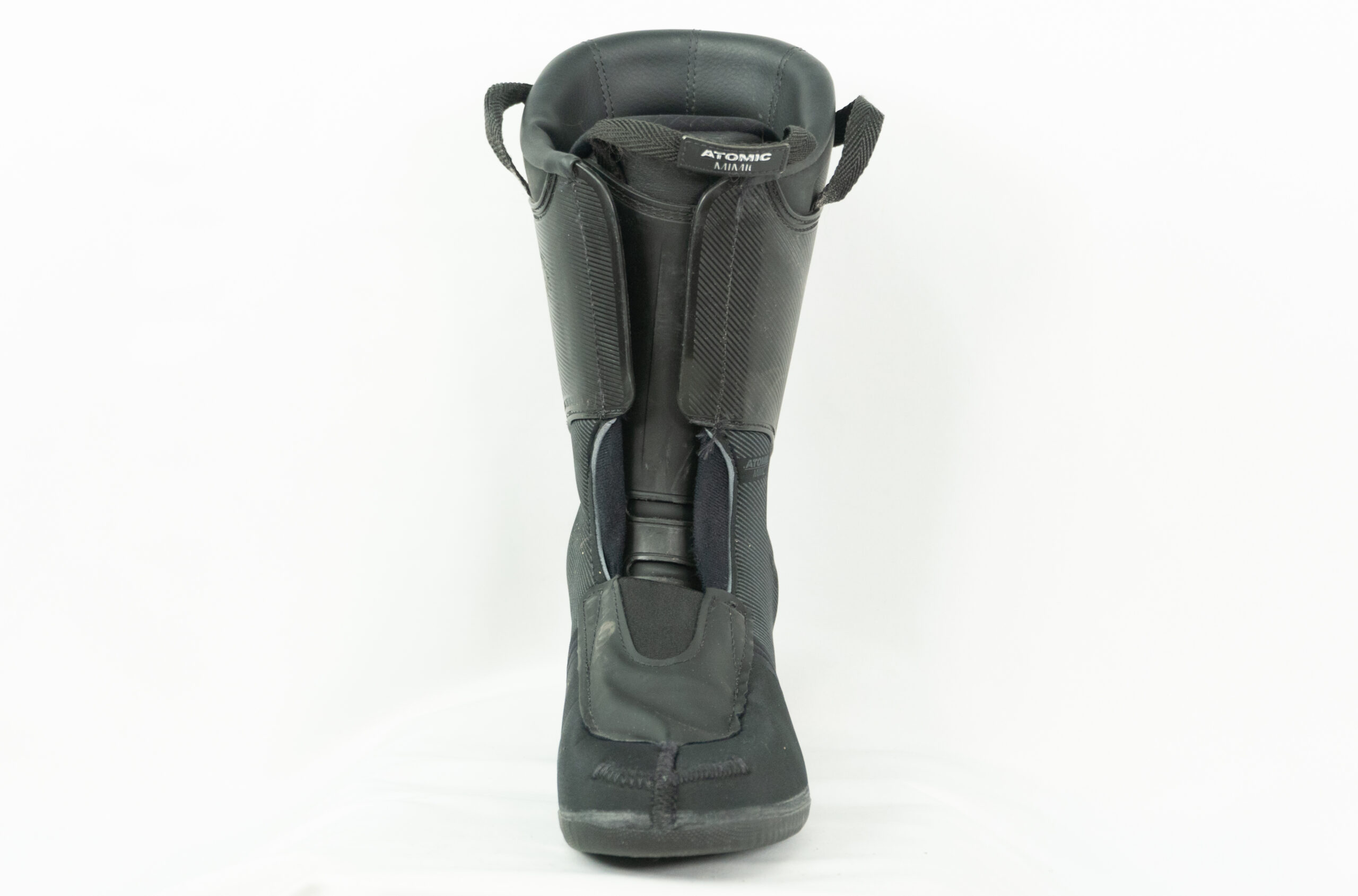
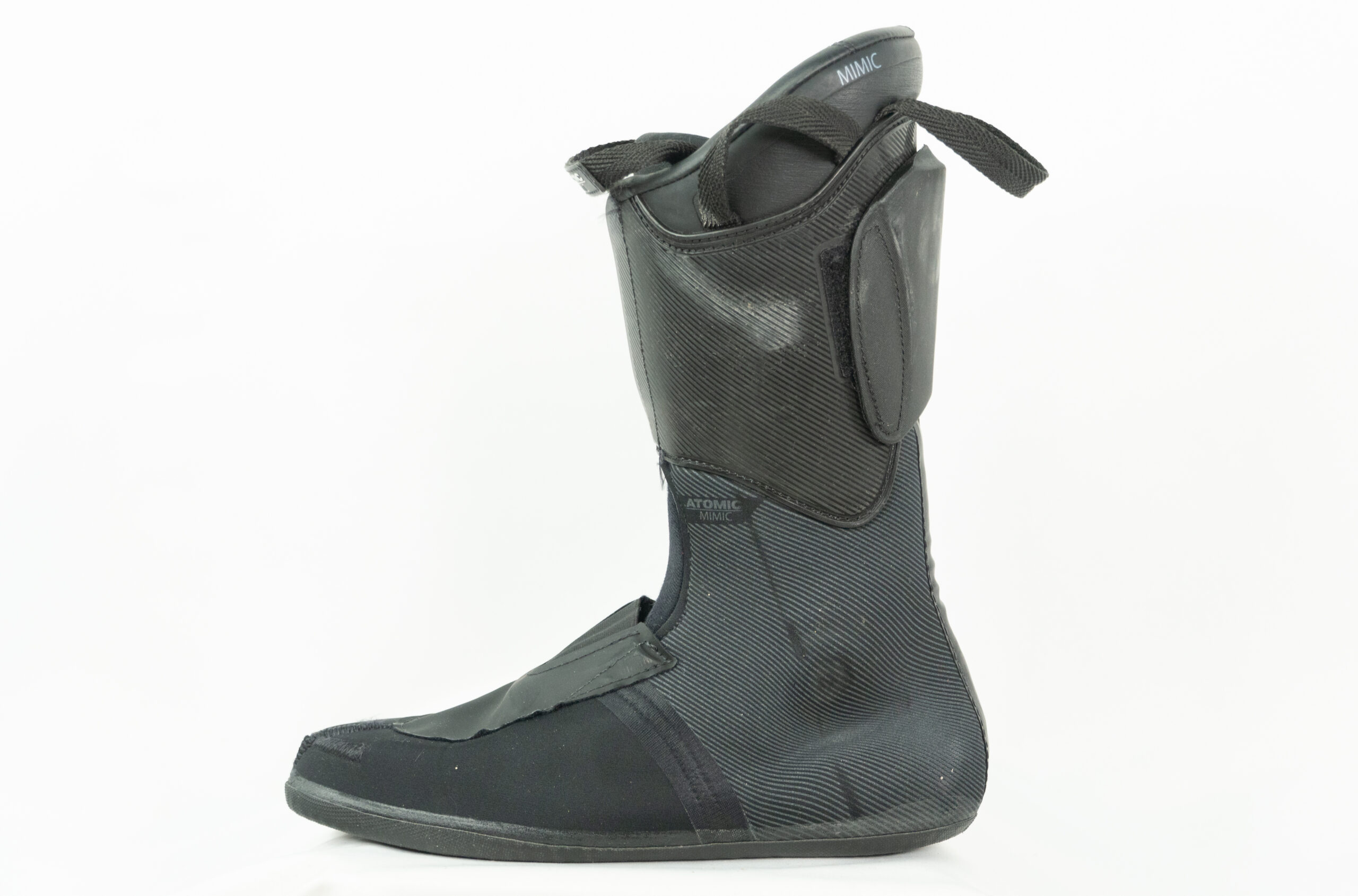
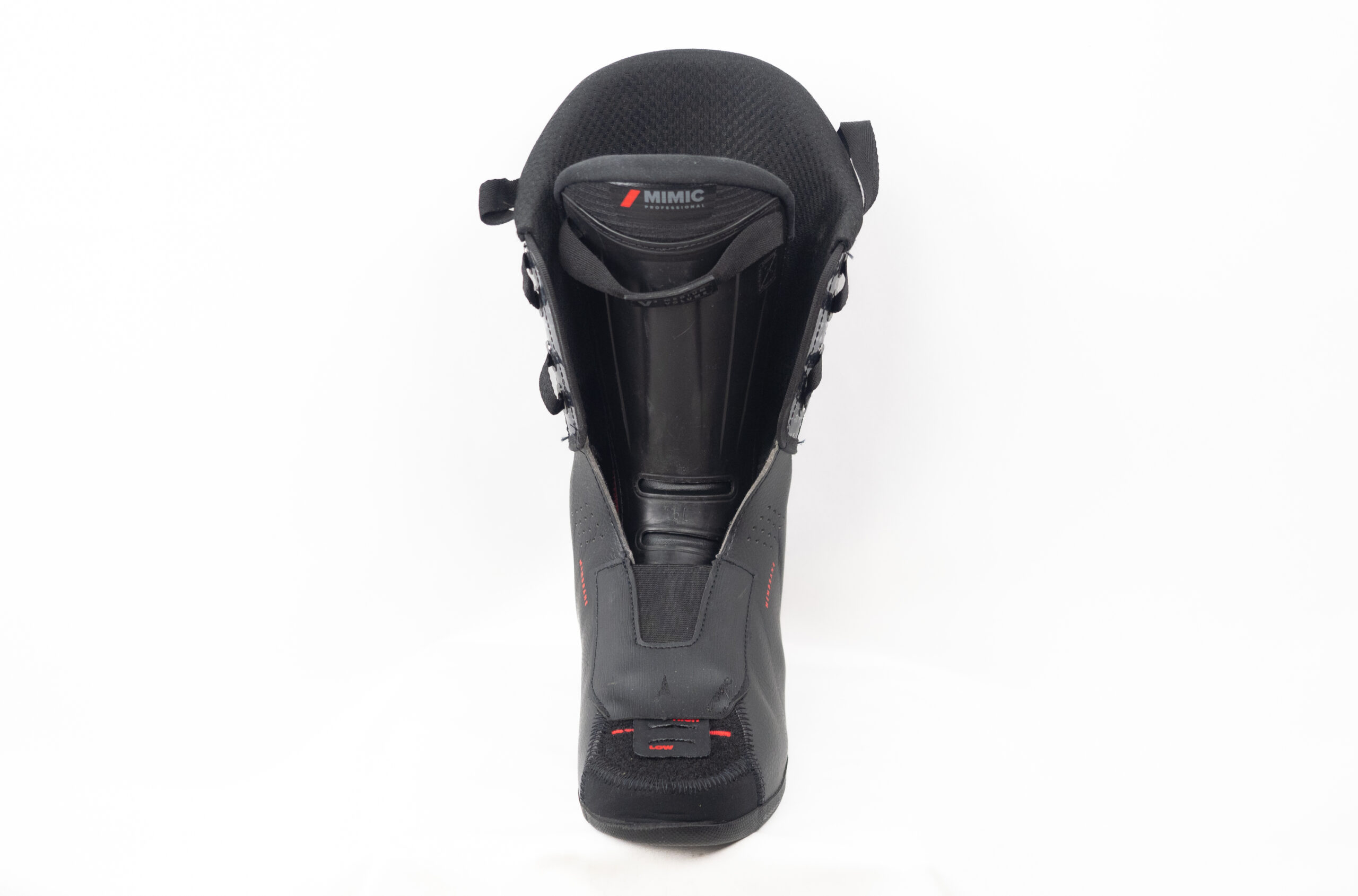
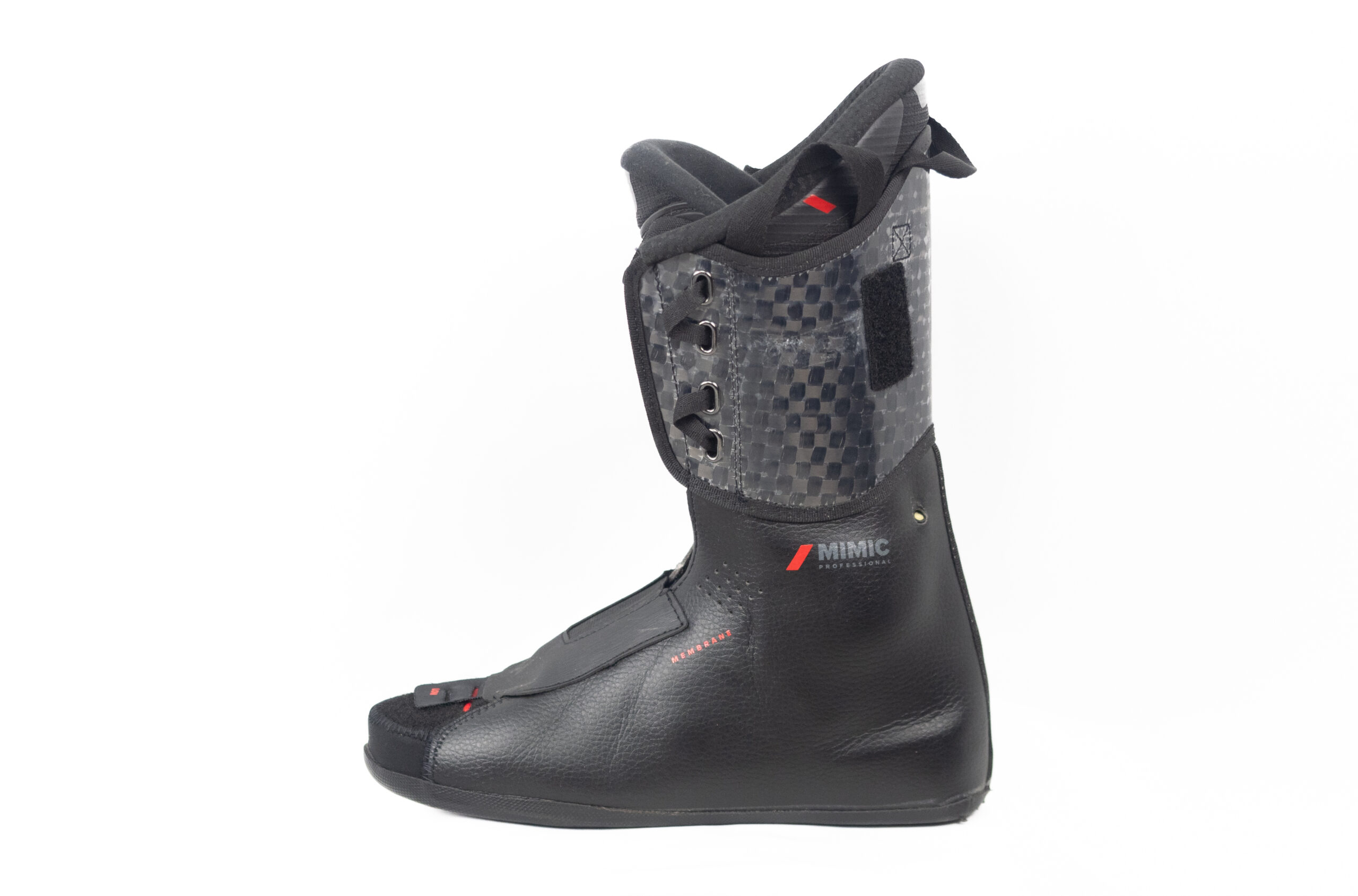
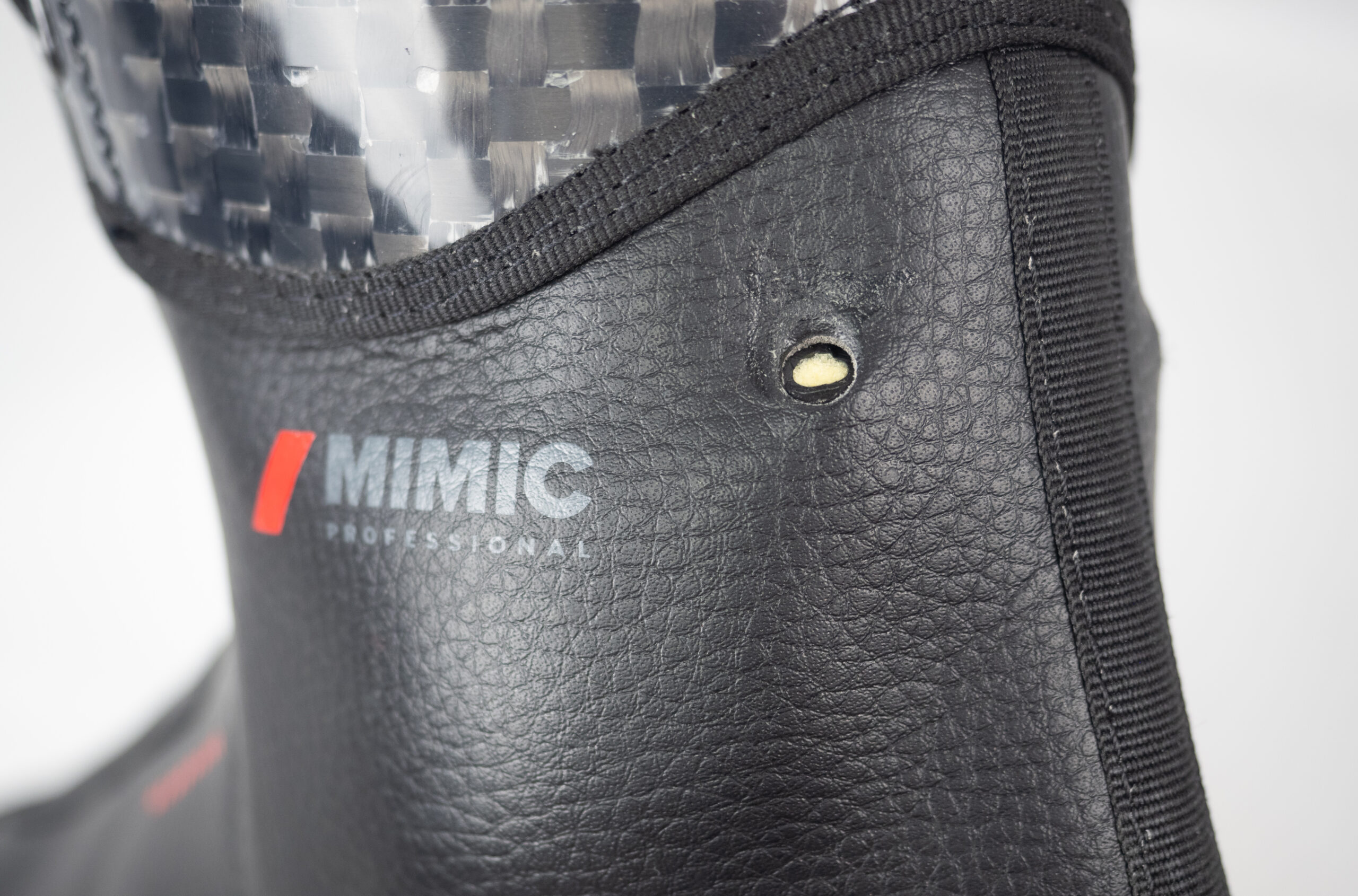
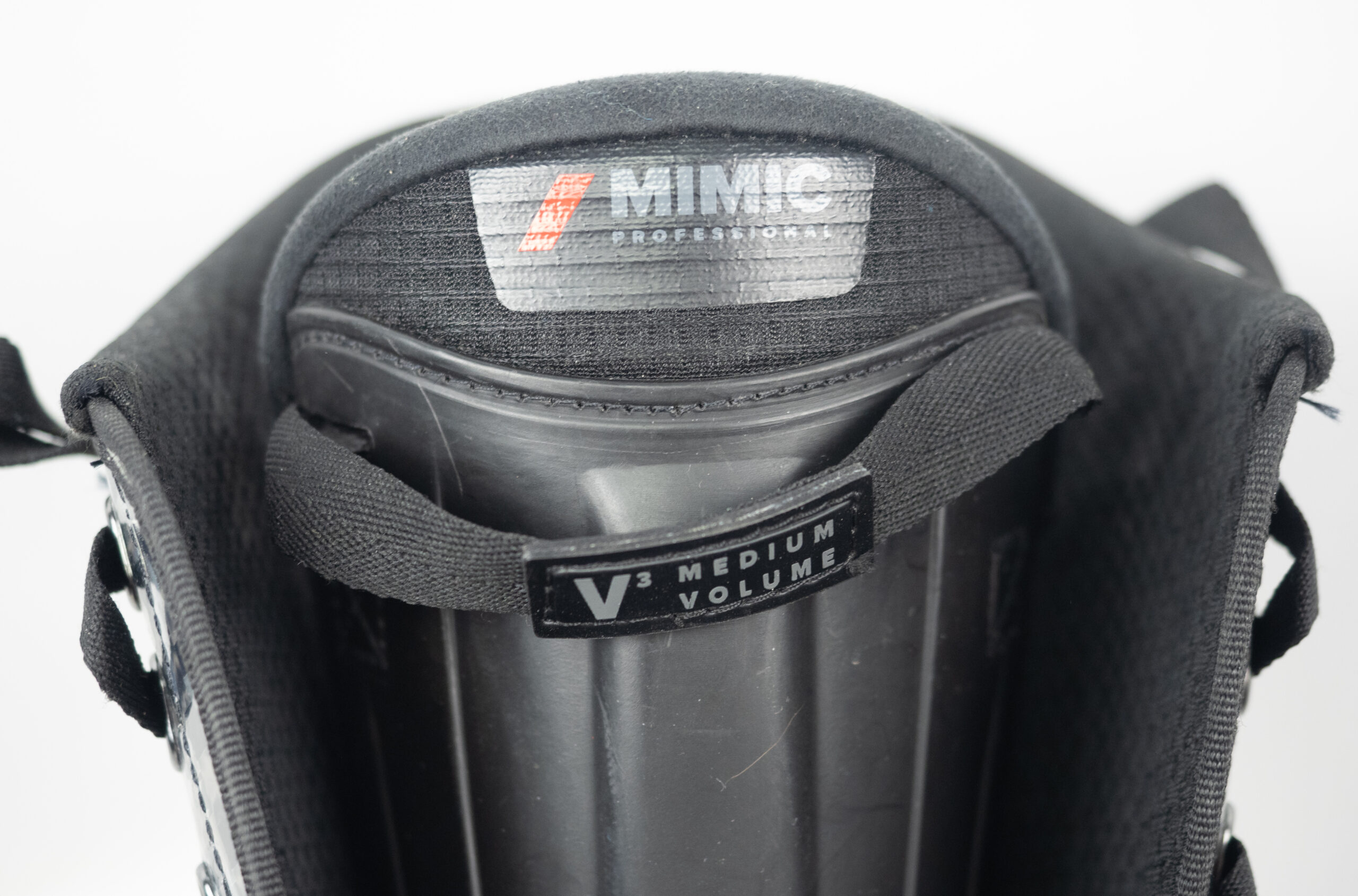
The Professional liner is designed to be bootfitter-friendly and easy to inject. Once injected and hardened, the liner is designed to provide a very precise fit around the wearer’s foot. They can only be injected once, and these liners do add significant weight to the boot, about 150 grams per boot.
Forward Lean & Cuff Alignment
The Hawx Ultra features Atomic’s Power Shift plate at the rear cuff-shell interface of the boot. This plate essentially serves as the connection between the cuff and shell at the back / spine of the boot, and it is fixed to the boot by two screws. This plate can be adjusted up or down on the cuff, changing the forward lean of the boot from the stock 15º up to 17º or down to 13º.
The Hawx also has cuff alignment adjusters at the cuff pivots, allowing the cuff to shift 2º vertically to the left and right, or 4º of total movement. The Hawx Ultra 130 also comes with a removable spoiler.
Buckles
The Hawx Ultra features four micro-adjustable metal buckles. These buckles are easy to use and have held up great after hundreds of days. Additionally, there are a few horizontal holes in the cuff that allow cuff buckle ladders to be moved inward or outward.
Power Strap
The power strap is another significant difference between the standard Hawx Ultra and the Hawx Ultra Professional.
The standard Hawx Ultra features a 50mm-wide static power strap that uses a cam-style buckle. We’re seeing more and more of these style straps coming stock on higher-end boots, and we’d say this is a change that most people will appreciate. Being able to crank down on a cam buckle is generally much more user-friendly than having to adjust a velcro strap. Plus, the Hawx’s stock power strap is attached via a 3 mm hex screw, making it very easy to swap the stock strap out for an aftermarket one.
Speaking of which, the Hawx Ultra Professional features Atomic’s Professional Dual Strap. This is essentially a strap split into two portions, the upper elastic portion sitting on the liner tongue and the lower elastic one sitting on the actual cuff. Additionally, on the upper portion of the strap is a Velcro strap that is designed to control how active vs. static the overall strap behaves. Setting the Velcro to a loose tension should provide more suspension & damping while tightening it should provide a more direct, responsive setup. It uses a unique cam buckle, too; instead of pressing in a lever to relieve tension, this buckle’s lever is joined to another lever with a pull tab that, once rotated, fully opens up the buckle. Once rotated closed, though, the strap can still be pulled through the buckle to tighten it down. The static strap is basically just a skinny velcro strap in a loop, and it can be adjusted from being tight, leaving the strap completely static, to being very loose, leaving the strap completely elastic.
Soles
The Hawx Ultra 130 S GW and Hawx Ultra 130 Professional both come stock with GripWalk soles. These can also be swapped out for Alpine soles, which Atomic makes as an aftermarket option.
Additionally, Atomic makes canting shims for sole canting that slot between the bottom of the shell and outer soles. These canting shims are available in angles from .5º to 3º, in .5º intervals. The use of these shims requires lug grinding by a bootfitter to comply with DIN norms.
Weight & Comparisons
The Hawx Ultra 130 S GW is definitely on the lighter end of 130-flex alpine boots, though it doesn’t stand out as much in that regard as when the (slightly lighter) original version came out several years ago. By today’s standards, the latest Hawx Ultra 130 S is still a pretty light boot, particularly compared to more “traditional” alpine boots like the Lange RX and Head Formula, but there are now several other alpine boots coming in around a similar ~1800 g per boot for a size 26.5. And our Pro version only weighs about 150 grams more than the S version, mostly due to the foam-injected liner.
For reference, here are a number of our measured weights for some comparable boots. For our measured weights, we list the weights of each shell + the weights of each liner, then the total weights of the shells + liners.
21/22 K2 Recon 130 LV (26.5): 1276 & 1277 + 369 & 374 = 1645 & 1651 g
20/21 Atomic Hawx Ultra 130 S (26.5): 1267 & 1270 + 426 & 425 = 1693 & 1695 g
21/22 Salomon S/Max 130 Carbon (26.5): 1291 & 1292 + 445 & 446 = 1736 & 1738 g
22/23 Atomic Hawx Ultra 130 S GW (26.5): 1375 & 1376 + 410 & 413 = 1785 & 1789 g
22/23 Salomon S/Pro Alpha (26.5): 1408 & 1417 + 399 & 400 = 1807 & 1817 g
21/22 Salomon S/Max 130 (26.5): 1389 & 1407 + 433 & 429 = 1822 & 1836 g
21/22 Nordica Promachine 130 (26.5): 1428 & 1428 + 444 & 445 = 1890 & 1891 g
22/23 Atomic Hawx Ultra 130 Professional GW (26.5): 1411 & 1415 + 548 & 546 = 1948 & 1961 g
22/23 Tecnica Mach1 LV 130 TD (26.5): 1518 & 1518 + 447 & 450 = 1965 & 1968
22/23 Head Formula 130 (26.5): 1557 & 1558 + 468 & 470 = 2027 g & 2029 g
22/23 Tecnica Mach1 MV 130 TD (26.5): 1541 & 1539 + 491 & 501 = 2032 g & 2040 g
22/23 Head Formula RS 130 (26.5): 1587 & 1588 + 466 & 466 = 2052 g & 2053 g
22/ 23 Rossignol Hi-Speed Elite 130 (26.5): 1610 & 1607 + 442 & 446 = 2052 & 2053 g
22/23 Lange RX 130 LV (26.5): 1676 & 1678 + 430 & 430 = 2106 & 2108 g
22/23 Lange RS 130 LV (26.5): 1634 & 1634 + 481 & 489 = 2115 & 2123 g
22/23 Atomic Redster CS 130 (26.5): 1773 & 1778 + 435 & 434 = 2208 & 2212 g
22/23 Head Raptor WCR 140S (26.5): 1852 & 1849 + 507 & 511 = 2359 & 2360 g
Fit: Hawx Ultra 130 S GW
Dylan Wood (5’10.5”, 155 lbs / 179 cm, 70 kg): As we always say here, my foot is not your foot, so if you are interested in this boot, go try it on, and do so with the help of an experienced, trusted bootfitter. But, for context, I have pretty true 26.5 feet, and they’re quite narrow, too, at around ~94 mm wide. So, the 26.5 Hawx Ultra 130 is a pretty comfortable fit for me, and I am certainly not cramming my feet into this boot.
The new 26.5 Hawx Ultra feels like a pretty true 98-mm last boot. It doesn’t feel quite as low volume as the Tecnica Mach1 130 LV, or as roomy as the Lange RX 130 LV; rather, it’s pretty average, if not slightly lower-volume-than-average when compared to the many other 98-mm last boots out there.
For my feet, the 26.5 Hawx Ultra feels snug around the ankle, midfoot, and forefoot, with no weird pressure points. It has a roomy-feeling toe box, specifically lengthwise, toward the front of the boot. The instep height also feels fairly average here. With my low instep, I have a heel lift under my custom insoles, and I have to crank down the 2nd shell buckle and first cuff buckle pretty tight, but I would say this is normal for me when it comes to LV 26.5 boots. Overall, I am able to achieve a pretty snug fit in this boot.
Speaking of snug fits, the cuff of each Hawx boot felt tight and conformed well to my shins and calves. I have pretty skinny calves, so I kept the spoiler on the back of this boot’s liner. I typically have to crank down most low-volume boots around the cuff, but in the Hawx, I am a little more than halfway down each ladder in the middle positions, and really like the tight cuff fit I get here. This is one of the standout features of this boot’s fit — I find that it offers the tightest, best-conforming cuff of anything I’ve tried to date.
Now, I’ve also been spending time in the 25.5 Hawx Ultra 130 S GW. Given how narrow and low-volume my feet are, I thought it wouldn’t be too unrealistic for me to fit in these boots. Comparing these two sizes, I mostly notice the shorter length of the 25.5, with my toes having much less room in the front of the boot. But I also notice a notably more snug fit around the heel, ankle, and instep areas.
In the 26.5 Hawx Ultra 130 S, I found myself cranking down the 2nd lower-shell buckle (over the top of my foot) almost to the max. In the 25.5 Hawx Ultra, the fit is inherently much more snug and I no longer feel the need to crank these buckles down. After heat molding the liner, I have a conforming, snug fit around my heel, ankle, and instep, and this results in a greater level of precision when skiing.
The 25.5 Hawx Ultra also has a narrower last in the forefoot, at 96 mm, but given how narrow my feet already are, I didn’t notice having less room in the forefoot as much as I did in the rest of the boot.
Overall, when it comes to fit, the new Hawx Ultra feels almost identical to the previous version. This comes as no surprise, since Atomic was intentional about not changing how the boot fits out of the box (listen to episode #132 of Gear:30 for more on this). The only (very minor) difference I can feel is a little bit more room lengthwise in the toe box.
Now, keep in mind that this is just how my feet fit in the new Hawx Ultra. If your feet fit well in the previous versions of the Hawx Ultra, expect this new Hawx to feel just as good. If you didn’t fit in the Hawx Ultra, don’t expect any miracles from the ski boot gods; you will find a similar fit in the new Hawx.
Fit: Hawx Ultra 130 Professional
Jonathan Ellsworth (5’10”, ~180 lbs / 178 cm, 81.6 kg): These two boots share the same exact shells, so I’m just going to focus on the Mimic Professional liner. And it is impressive.
The fit that I get from this foam-injected liner + heat-molded shell is outrageously freaking good. Mind-blowingly good.
For those of you who are climbers, I keep being tempted to use the analogy of a perfectly broken-in, high-performance climbing shoe that is very, very snug … but that has no pain points.
Perfectly tight.
Except that … the analogy with climbing shoes breaks down in one very important way: unlike a high-performance climbing shoe, with the Hawx Ultra 130 Professional shell & liner … I have plenty of room — length-wise and width-wise — in the toe box. I can wiggle my toes freely, while having my heel and ankle and instep perfectly, completely held. Tightly held. With zero pain points.
I don’t know how many ski boots (alpine and AT boots) I’ve skied in the past 10 years at Blister, but I can tell you that I have never had a fit like this. This perfect. Mind blowing.
So if you want an ultra-snug fit through the ankle, heel, and instep, the Mimic Professional liner is certainly worth considering.
FULL REVIEW
Dylan Wood (5’10.5”, 155 lbs / 179 cm, 70 kg): A little bit of background: I stumbled across the Hawx Ultra 130 S when I was a college student before I was reviewing for Blister, and before I knew all that much about ski boots. I ended up getting along with the out-of-the-box fit really well. I put about 150 days in my first pair, and when I started reviewing skis for Blister for the 2020-2021 season, I started skiing in a newer pair of the Hawx Ultra 130 S (version 1.3). I put another ~100 days in those, then first started skiing the latest Hawx Ultra 130 S GW (the boot reviewed here) at the end of the 20/21 ski season. They’ve continued to be my go-to boot, and I’ve put another ~75 days in this new boot. Jonathan Ellsworth has skied several different iterations of the Hawx Ultra 130, which, most recently, included the ‘Professional’ version of this boot, which shares the same shell but adds a different liner and power strap.
Flex Pattern
Dylan: The Hawx Ultra started the lightweight alpine boot trend, and with its low weight, it brought a distinctive flex pattern. This latest model is a bit heavier, with more plastic added in a few spots, but it remains a lightweight boot with a familiar flex pattern to anyone who has spent time in a Hawx Ultra.
First of all, I’d call the Hawx Ultra 130 S GW a pretty legit “130-flex” boot. Compared to other fixed-cuff 130-flex boots, it might be just a tad softer, but not by much at all. Its flex pattern is very easy to get into — with knees bent in a proper athletic stance, I feel like I am always a half-centimeter or so deep into the boot’s forward flex. Deeper into its flex, though, the Hawx Ultra 130 stiffens up progressively and is quite supportive and powerful. This nice, progressive flex pattern is a significant part of this boot’s character, but equally important is what happens when the boot rebounds after being flexed. After being compressed, this boot releases a lot of energy and rebounds quickly. This creates a dynamic feel, and has the potential to launch you out of carved turns as well as allowing the skier to load up the boot and use that to catch air, transition between moguls, etc.
The flex pattern is the most noticeable difference between this new Hawx Ultra and prior versions of this boot. Earlier versions of the Hawx had a less progressive flex pattern and less resistance later in the flex pattern. My biggest quarrel with the first mold of the Hawx Ultra was that it could be easy to blow through its flex pattern when hitting an unexpected upside of a mogul, g-out, or just when carving a ski very hard at aggressive edge angles. Skier energy got put into the ankle / mid-foot area of the boot, and this part of the boot had a tendency to collapse and expand outward, resulting in a softening of the flex and loss of energy / power.
This new version of the Hawx Ultra had material added around the inside and outside of the ankle and mid-foot area to address this issue, and this newer Hawx Ultra does feel noticeably better in this regard; it’s less prone to “bowing out” in this area of the boot and feels slightly stiffer deep in its flex pattern. I’d also say that this new Hawx Ultra also feels slightly less “bouncy” and rebounds slower, but the difference in this aspect isn’t as significant as the difference in its forward flex deep in its travel.
Jonathan Ellsworth (5’10”, ~180 lbs / 178 cm, 81.6 kg): I very much agree with this. If you read my review of the original Hawx Ultra, you’ll note that I really was impressed with this lightweight boot for off-piste skiing. But where I personally experienced that “bowing out” / lack of lateral stiffness was when carving hard on firm groomers. And with this new version of the Hawx Ultra … I no longer notice this. At all, really.
That said, the Hawx Ultra doesn’t offer the same degree of lateral stiffness as a much heavier boot like the Atomic Redster CS or HEAD Raptor WCR 140S. But if you are not extremely particular about high-powered, high-performance carving then I believe that you will be extremely happy with the lighter Hawx Ultra. So I’d consider this “bowing” issue completely fixed in this new boot.
Dylan: The Hawx Ultra also offers pretty good rearward support. The first iterations of this boot were a bit worse in this aspect, but I have no complaints with the current Hawx Ultra 130 S GW. It falls short of “recreational race” boots like the Atomic Redster CS 130 in this regard, but I never found it to be a problem.
Additionally, the Hawx Ultra has to be the most temperature-stable boot I’ve ever been in. After leaving it in my car overnight, it doesn’t feel much harder to put on the next day in a cold parking lot. Not only this, but it’s also impressively stiff on very warm spring days — it’s not much softer than on a cold winter day. This allows the Hawx Ultra to be very predictable and consistent across conditions, and I think this also keeps the boot fitting the same regardless of temperature.
Jonathan: Agreed.
Dylan: Overall, the Hawx Ultra has a nice, progressive flex pattern that’s very easy to get into, and a distinctive, energetic rebound. Strong and/or heavy skiers can definitely max it out when carving hard or hitting an unexpected g-out or face of a mogul, but I personally wouldn’t want it to be any stiffer, since its milder initial flex helps give it class-leading suspension, relative to its weight.
Suspension / Damping / Ride Quality
Dylan: While this boot is indeed a bit more damp than its slightly lighter predecessor, I still wouldn’t call this a particularly damp boot — rather, it’s an energetic one. But to be clear, Jonathan and I would say that the boot does have good suspension for its weight (far better than a dedicated touring boot such as the Tecnica Zero G Tour Pro, and still better than a slightly lighter alpine boot such as the K2 Recon 130 LV), and feels appropriate for hardpack inbounds skiing.
Since I am basically always sitting in the flex of this boot, it does feel a bit smoother and more forgiving than a more linear boot such as the Tecnica Mach1 130 LV; the softer initial flex of the Hawx Ultra almost acts like suspension sag in a mountain bike. But, when pushing this boot very hard over rougher snow, the Hawx Ultra does not feel as damped as much heavier boots such as the Lange RX 130 LV and Head Formula RS 130.
Adjustments
Dylan: I spent a lot of time in the Hawx Ultra 130 S GW without having done any boot work to it. Historically, I’ve been able to put my foot in just about any 26.5 “LV” boot and ski it comfortably. But, after skiing this boot with some wide skis on hardpack resort snow, skiing without a custom footbed caught up to me and my feet pronating in this boot caused some calcification below my outside ankle bones.
To be clear, I don’t attribute this to the boots whatsoever — it was my mistake for not listening to everyone here at Blister and not getting myself some custom footbeds. So let this serve as a PSA for folks out there:
Even if you think your boots or feet are fine without custom footbeds, take some preventative care of yourself and get a nice pair of them for your boots.
Jonathan: I’d like to go further with this PSA: Even if you think your boots or feet are fine without custom footbeds, you are wrong. You might not know that you are wrong, but you are. Among other things, custom footbeds help to hold your foot in a more neutral position, create a better heel pocket, fill the voids of your arch for more relaxed skiing, and — in some / many cases — allow you to get into a smaller shell size, which allows for a higher-performance fit (a more snug fit) without pain. We are always happy to talk about custom insoles, if you have more questions on this.
Dylan: So, I got some custom insoles made for this boot, but I still needed some boot work done to accommodate my “new” feet. Our resident Masterfit bootfitter, Kara Williard, and I agreed that the Hawx Ultra 130 makes sense to do this on, so Kara performed a few stretches on my problem area, and also heated and molded the Hawx’s Mimic liners to my ankle area.
Additionally, she added a heel lift under my insoles to give some relief to a tendon that became aggravated near the calcification on my feet. And, well, now my boots are back to feeling about 95% as good as they did before I developed this issue, and I’m quite happy with the results. I will say that expanding the area below my ankle bone did cause the Hawx Ultra 130 S GW to feel a bit softer overall, giving it somewhat of a weak point in the flex, but I am very much okay with the tradeoff here.
While this boot does come with a nice static power strap secured with a cam-style buckle, I used an “Expert” Booster Strap on these boots for quite some time. While these boots already have a very snug, nicely conforming cuff that leaves very few voids in the shin and calf areas, the elastic Booster Strap did help keep the tongues of my liner on my shins, and it also added to the Hawx’s already progressive and easy-to-get-into flex pattern.
Around this time last year, though, I swapped the Booster straps out for Atomic’s Professional Dual Strap on each boot. Initially, it felt very, very similar to a Booster Strap, until I started experimenting with the adjustable outer static velcro portion of the strap. This static strap allows you to play with how active and damp versus direct and precise you want the strap to feel, and I ended up settling on somewhat of a middle ground where I had a lot of elasticity through the first several degrees of boot flex, but when really pushing this boot hard on piste or in unexpected g-outs, the static portion took over and provided some more stiffness off the top of this boot.
I also want to touch on the adjustable forward lean of this boot. I ran the Hawx at the stock 15º of forward lean for years, and didn’t really have any complaints there. But I tried it at 13º on a random (and excellent) powder day at Crested Butte, and really liked how the boot felt there. I ski with a pretty centered stance, especially in powder, and this more upright boot allowed me to assume a more natural-feeling stance, and it felt like it took some reliance off my quads as well.
Furthermore, I tried the Hawx at 17º degrees of forward lean. This stance basically forced me to be pressuring my shins against the tongues of my boots and assume a pretty aggressive forward stance. While this didn’t exactly match my personal style, it did feel beneficial when carving or just when skiing demanding, very directional skis that require such a stance.
Changing the forward lean is quite easy. It’s not so easy that I’d do it on the hill during a ski day between laps, but if I owned a quiver with a diverse variety of skis, such as a very directional carving ski as well as a freestyle-oriented powder ski, I’d happily change the boot’s forward lean depending on which ski I’d take out during the day. While this feature helps adjust your stance and balance point on a ski, body anatomy and ankle flexibility also play a factor in deciding forward lean, and a bootfitter might suggest one or two ideal settings for you. But if you aren’t restricted to just a couple of forward lean angles here, it’s definitely something worth experimenting with.
Long Term Durability
Dylan: I’ve put at least 100 days in each of the Hawx Ultras I’ve been in, and I’ve had very few durability concerns. My first pair (a green and blue pair from 18/19) ended up cracking about 125 days in, right in front of the lowest buckle, where the overlapping part of the shoe/clog begins. My second pair, which saw ~100 days on snow, never showed any signs of cracking or breaking. And this most recent pair, the latest Hawx Ultra, is looking very good after about 75 days.
I have lost some cuff/shoe interface screws in this boot, though, in every generation of the Hawx Ultra but the last. This isn’t just me — some other friends who own the Hawx Ultra have lost the same screw. But, I’ve always been able to easily get a replacement (over many years and several pairs of boots), and this is easily prevented by adding some blue Loctite to the screw and occasionally checking the tension here.
As for the liners, they packed out predictably, and I noticed a sloppier fit at about day 30 in the boot. Your mileage may vary, but this is pretty standard for me. Atomic does include some full-length shims to be used under the insole in this boot, though, which are nice to add after the liners start to feel less snug than ideal. Apart from that, the liners are still in very good shape.
Who’s It For?
Dylan: Skiers looking for a fairly lightweight alpine boot that is more lively than it is damp. The Hawx Ultra 130 S GW is a fixture in the lightweight alpine boot class due to the performance it provides at its moderately low weight, but it still falls short of heavier boots like the Head Formula RS 130 when it comes to providing a very smooth, damp ride. However, it differentiates itself from many other boots because of its ease of customization and ride quality — the Hawx Ultra offers an energetic ride without feeling harsh or too “bouncy.” Additionally, many skiers who are often boot packing could appreciate having to lug less weight uphill with each step, and the Hawx Ultra’s shorter-than-average BSL and GripWalk soles also help it walk nicely.
Bottom Line
The Atomic Hawx Ultra 130 is a solid all-round alpine boot for those who want a legit “LV” fit, but also one with lots of built-in customization options. The latest version is still fairly light for an alpine boot, but the recent updates have addressed some of the downsides of the original, with increased support when really pushing it hard. It’s a very strong performer overall, and Atomic’s Mimic Professional liner takes things to another level via an exceptionally snug-yet-comfortable fit.

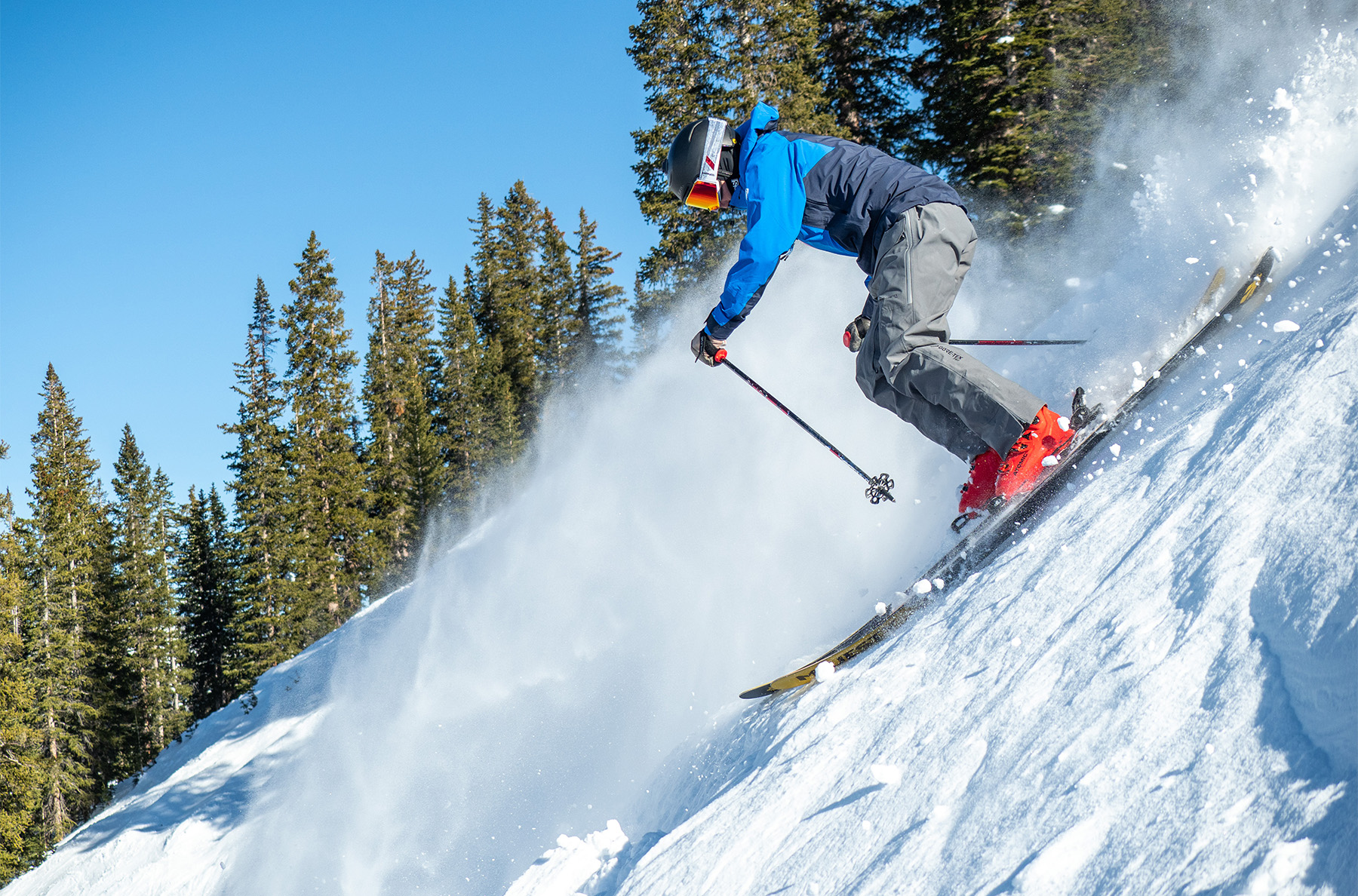

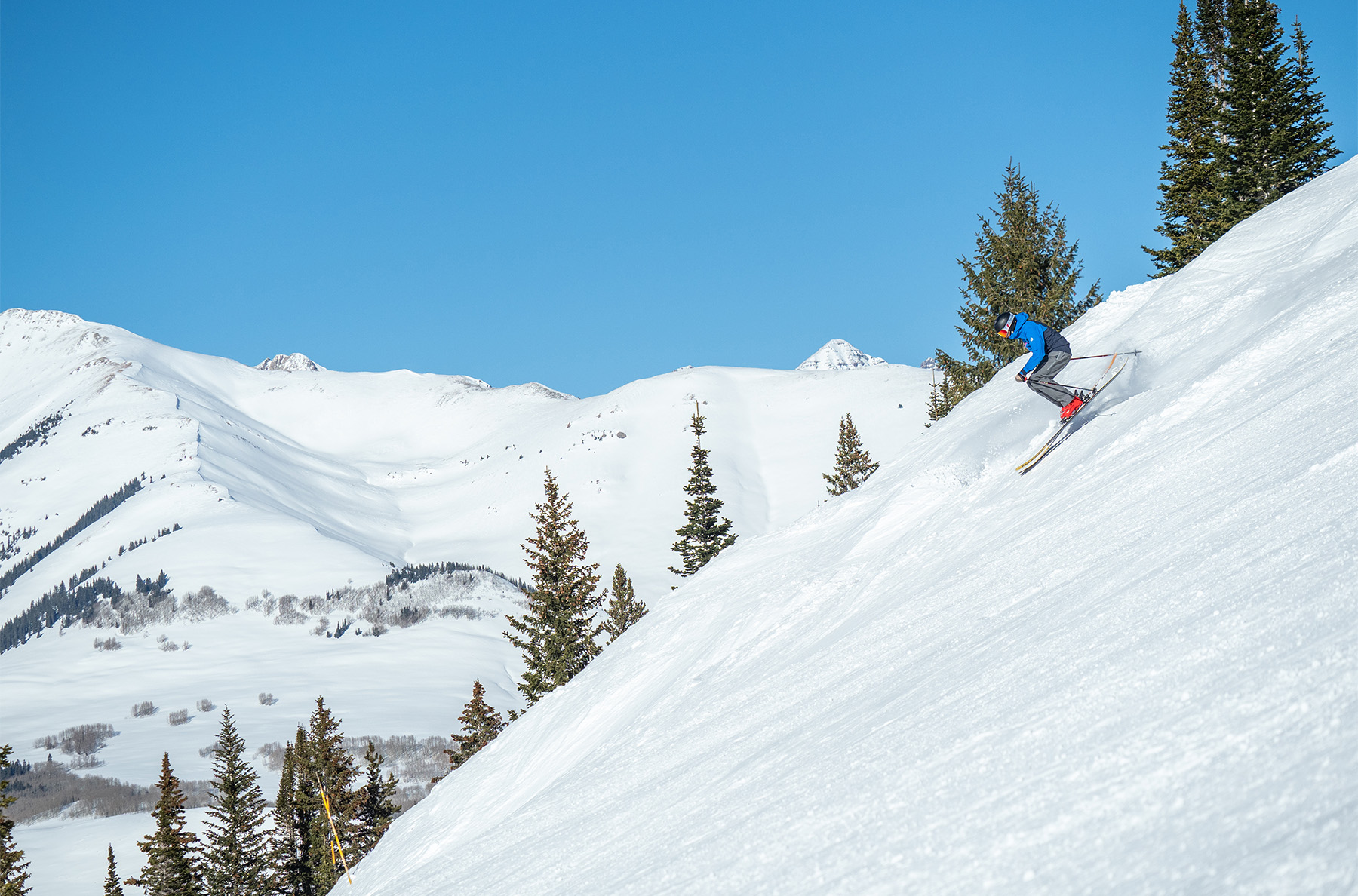
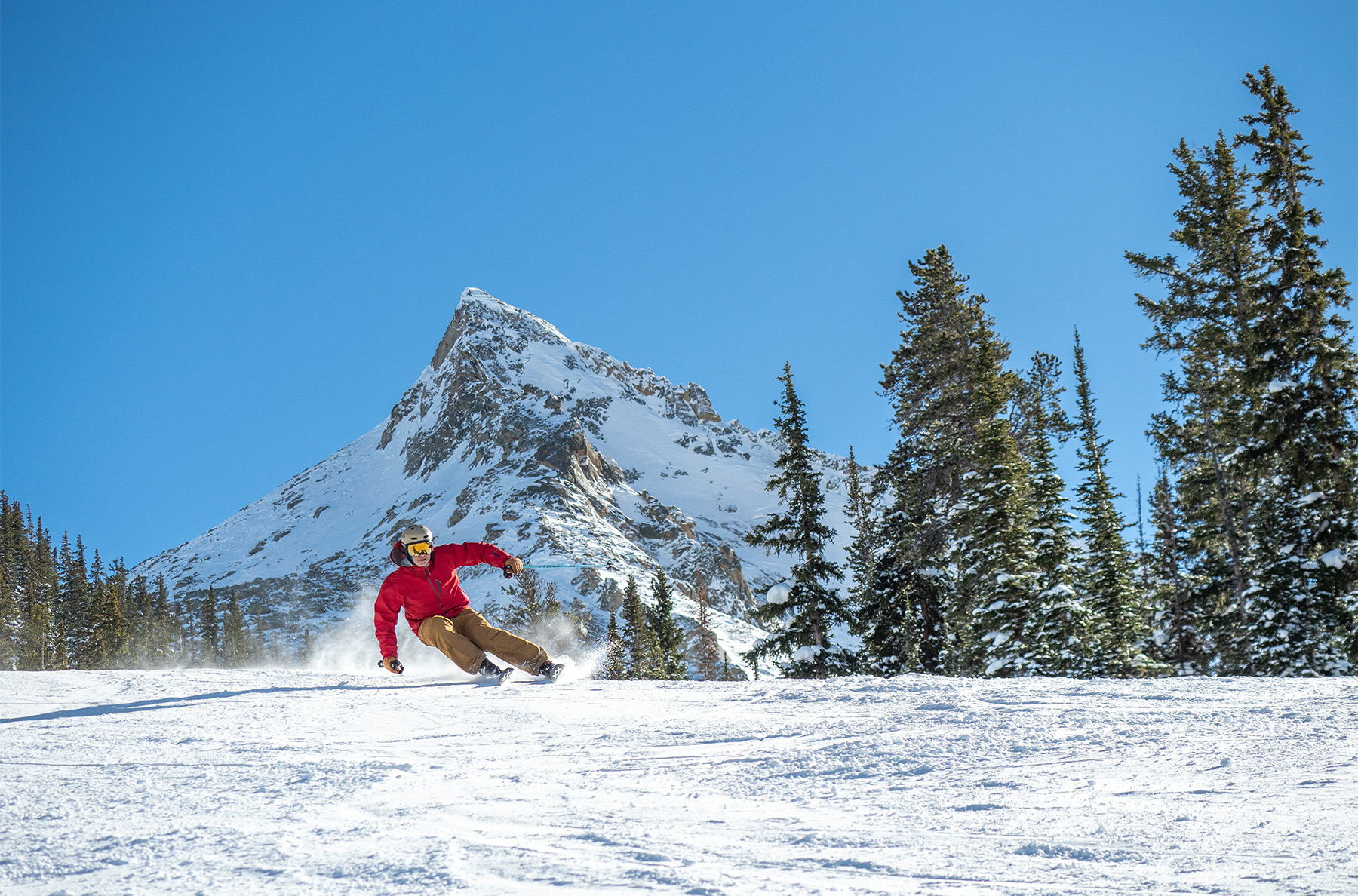

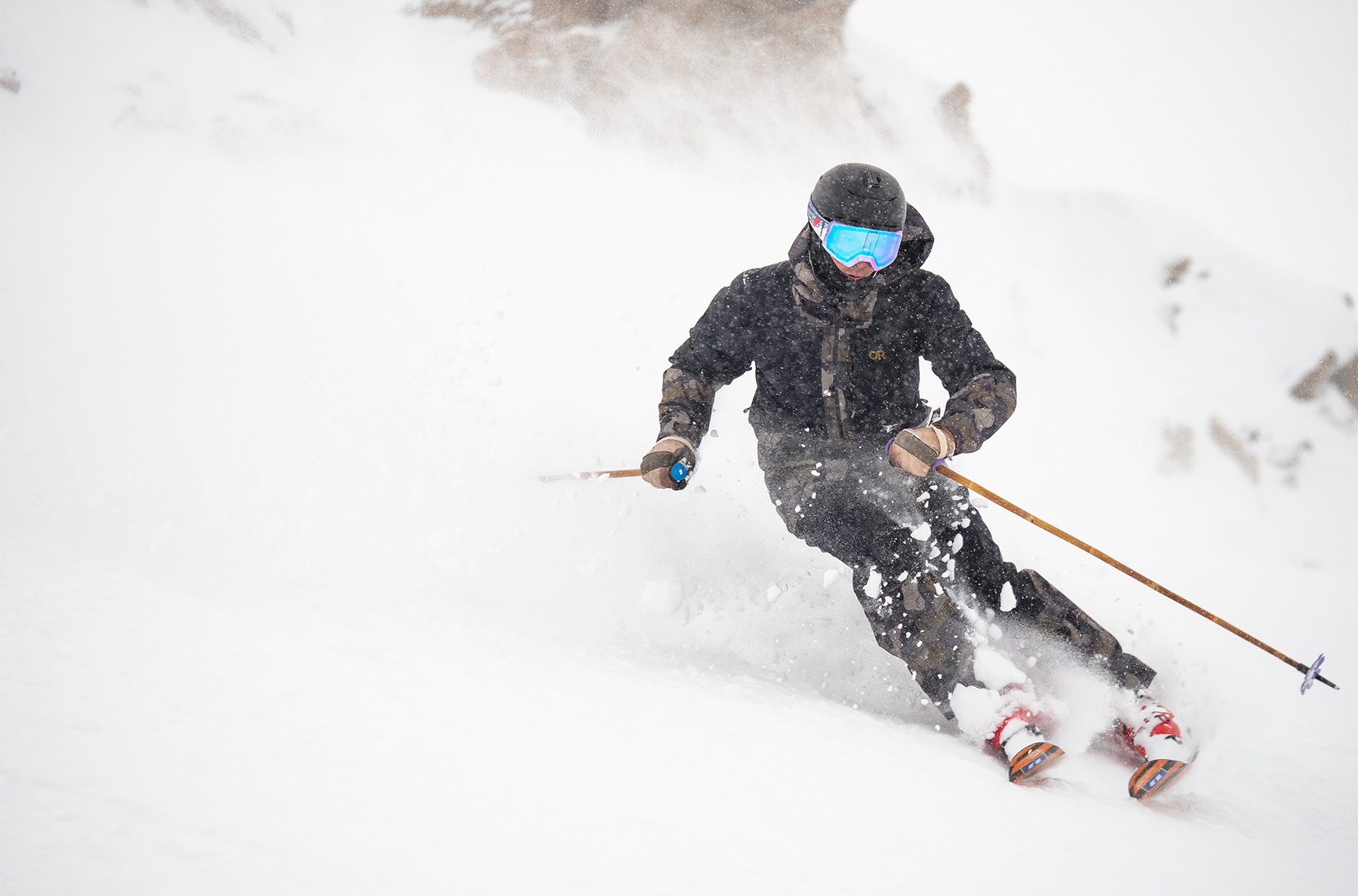
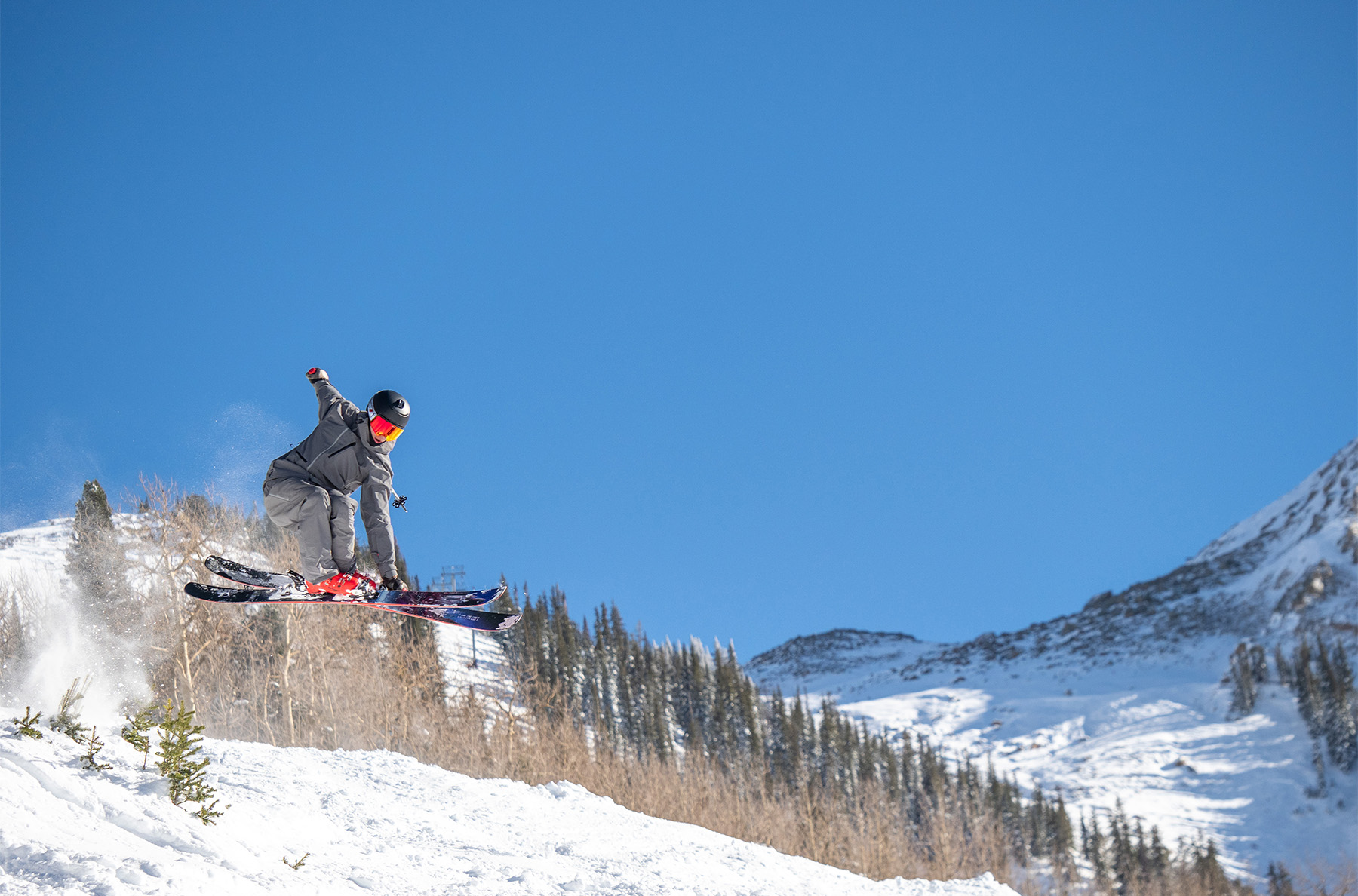
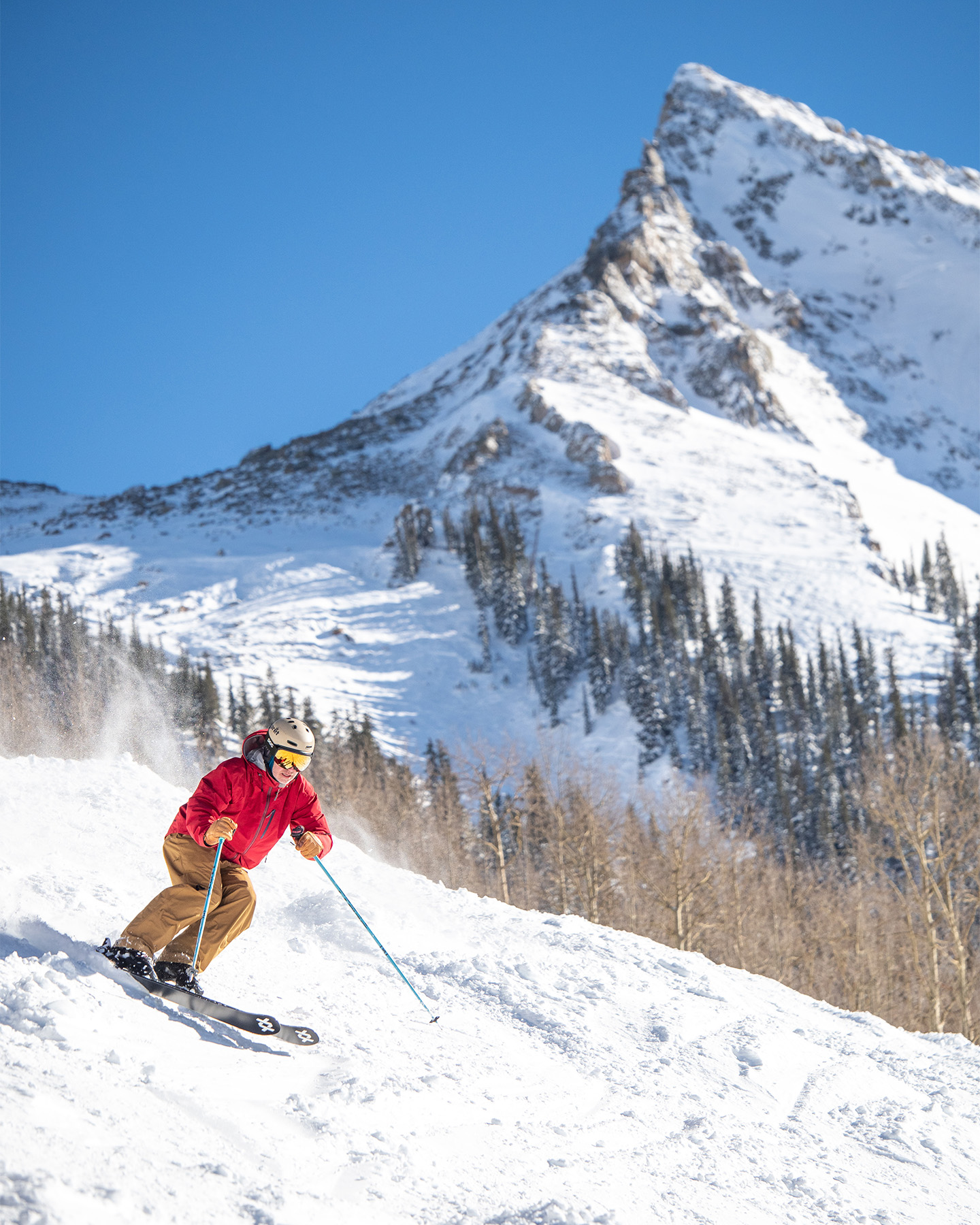
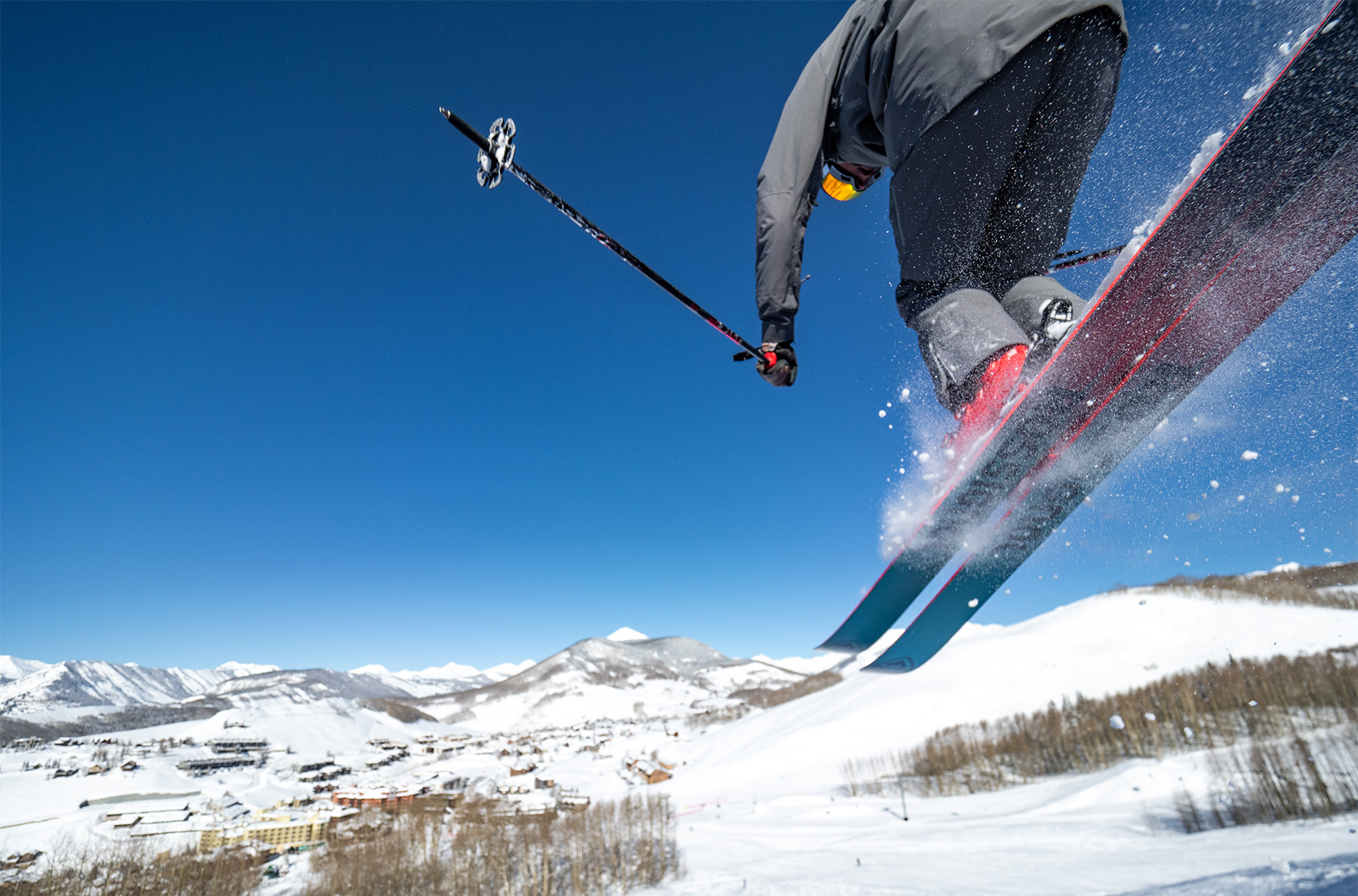

I have been working as a ski instructor for the past two winters and I have been using Nordica Pro machines 120. My biggest issue has been that they are way too soft. I can push through them completely when skiing with my pist skis, It is almost like I can do lunges with them… Partly I think I am able to do that because my skiing ability has improved alot but also because I am 6´5, 200 lbs (1,97m 92kg). So I really need to get a new skiboot for this upcoming season. I was recently at my local bootfitter and It ended with me purchasing these boots. Eventhough they are only 10 flex higher than my old boots I was told that they are alot stiffer. I was after trying some different boots and In the end I chose between the Atomic Hawx ultra 130s gw and the Head Raptor 140 pro. I went with the Atomics since they felt better on my feet. Another thing that I’ve had alot of issue with is that I have quite narrow feet but my size is 28,5 and when the boots go up to 28,5 they increase in last/width. So my question is do you think the Atomic Hawx ultra 130s gw will be stiff enough and are there otherwise any other boot you would choose instead in my case. I don’t know if anyone will answear this question but I would really appriciate it, I don’t know who to ask about this.
The Raptor 140 Pro can be stiffened up to “150” by adding another bolt, and that configuration works well for me at 5’10 220 lbs with a racing background. I guess the obvious question is: Why aren’t you looking at the Atomic Redster CS 130 Pro (their “96 mm” answer to the Raptor in the “not-quite-plug racing boot” category). I believe that Jonathan in particular has said really positive things about that boot.
Hi Julius, it is possible that the Hawx Ultra 130 S might not be supportive/narrow enough for a skier your size with a very narrow foot. It’s possible, but no one on the internet can say with any degree of certainty because we can’t see your foot inside the shell. What we can say is that IF the Hawx Ultra 130 S is too soft and too wide for you, then there are certainly other options like the Redster CS 130 that will provide a more supportive, lower volume fit (without requiring hours and hours of boot work to be comfortable). I think the good news is that both options will be a step in the right direction compared to your current 120 flex boot. -Matt
This boot is significantly stiffer laterally and forward flexing then it was 3 or 4 years ago. This is a great boot and the shell molds to your foot which is amazing. I suggest padding all your bone spurs and hot spots on your foot with about 4mm of padding using packing tape, then put toe caps on your toes and put sock over top then heat mold the shell. It will be the best fitting thing you’ve ever experienced.
Is there an easy way to tell which version of the shell I have on a GW Professional? It looks like your images, but it was purchased before the 21/22 season.
Yes, you don’t have it ;) The Professional boot wasn’t produced prior to 21/22, it says the name on the side of the cuff, and you wouldn’t forget the fitting process if it were done. The good news is that you can get the Hawx version of the Mimic Professional liner on its own and add it to your existing Hawx Ultra boot, thus keeping your boot going longer if it is still working for you. -Matt
I think i do. it has the professional strap, foam was shot into the liner, it says professional on the shell. the color scheme is the same as pictured here. to be clear, i mean i bought it in like september 2021 if my memory is right.
sounds like i have the current slightly thicker shell. thank you.
Julius,
You should try on a Atomic Redster Club Sport 130. Narrower and more powerful boot. Works great for a Clydesdale.
How does the lateral stiffness of this boot compare to the Ultra XTD 130? I recently bought a pair of these that fit my foot better than I’ve ever had a boot fit before, and are great walking boots and boots for easy to ski snow, but I’m finding i ski just a little too aggressively for them to be my all day every day boot, and have gone back to my decade old, never comfortable and not right for my feet Lange boots (nothing against Lange boots, just not fitted for the right boot in this case) to bust through crud with my JJs on the ski trip im currently on, as without that lateral stability im losing some confidence and control when I get into moderate charging mode.
I’ve got a tough foot to fit, and the XTDs feel so great that I’m wondering if the standard ultra would have the stiffness (and perhaps dampness) that i need while having the other things I really love about the touring version. I’m 6’0″ and 170, so I feel like I’m a pretty standard fit in that regard. But I dont have a good boot fitter near me, so a “same fit different lateral stiffness” option is really appealing to me when getting fitted locally isn’t a valid option.
The boot that is in this review (especially when paired with a Mimic Professional liner) is stiffer in all aspects than a first-generation Hawx Ultra XTD. The boot in this review is only ever-so-slightly stiffer than the new 23/24 Hawx Ultra XTD that will be coming to market in the fall of 2023. The new, second-generation Hawx Ultra XTD is a much improved version of the first-generation, you can read about it here on Blister, about a month ago. -Matt
Thanks! That gives me some confidence that I wouldn’t feel any lateral flex in these boots given the way that I ski. I might look if I can find some at a price I can afford to take a chance on at the end of the season. (Like I said, I unfortunately don’t have access to a good boot fitter around home)
A bit too late for me on the 2nd generation of the XTD I’m afraid, though it sounds like it’s possible it would have had the stiffness I need for a day in day out boot. The current version is just too laterally soft for me outside of powder. Should make me quite happy touring, though. :)
Is a full review of the Redster CS coming soon? Would love to hear more thoughts on that boot and how it compares to this one. Flash review was very helpful but looking for a deeper dive.
It looks like the professional version is discontinued for the 23/24 season, is that correct? Will Atomic continue to sell the professional liner separately?
Yes. And yes.
Just got these as a replacement for my old S/Max. There’s noticably more instep space, even with a zip fit gara lv, which is my main struggle area. I am liking the fit overall, but they’re still just a tad tighter over the top of my foot than I think I can tolerate all day. Would you guys suggest a basic shell heat mold? Are there any potential downsides?
Can we expect boa on the fixed cuff Hawx in 2024/2025?
For the price, DO NOT buy these, poor plastic… I am 64, weight 158 & I cracked a pair of Ultra 130 after 120 days (4 years). Fun comfortable, light and easy to heat fit’em but, I would not recommend.